

Discover all the Verdon villages around our 6 emblematic villages: Annot, Castellane, Colmars-les-Alpes, Entrevaux, La Palud-sur-Verdon and Saint-André-les-Alpes.
These villages aroundAnnot offer an authentic, unspoilt atmosphere, ideal for discovering the natural beauty of the Verdon. Each of them has its own charm and offers opportunities for hiking, cultural discovery and relaxation in an unspoilt natural setting.
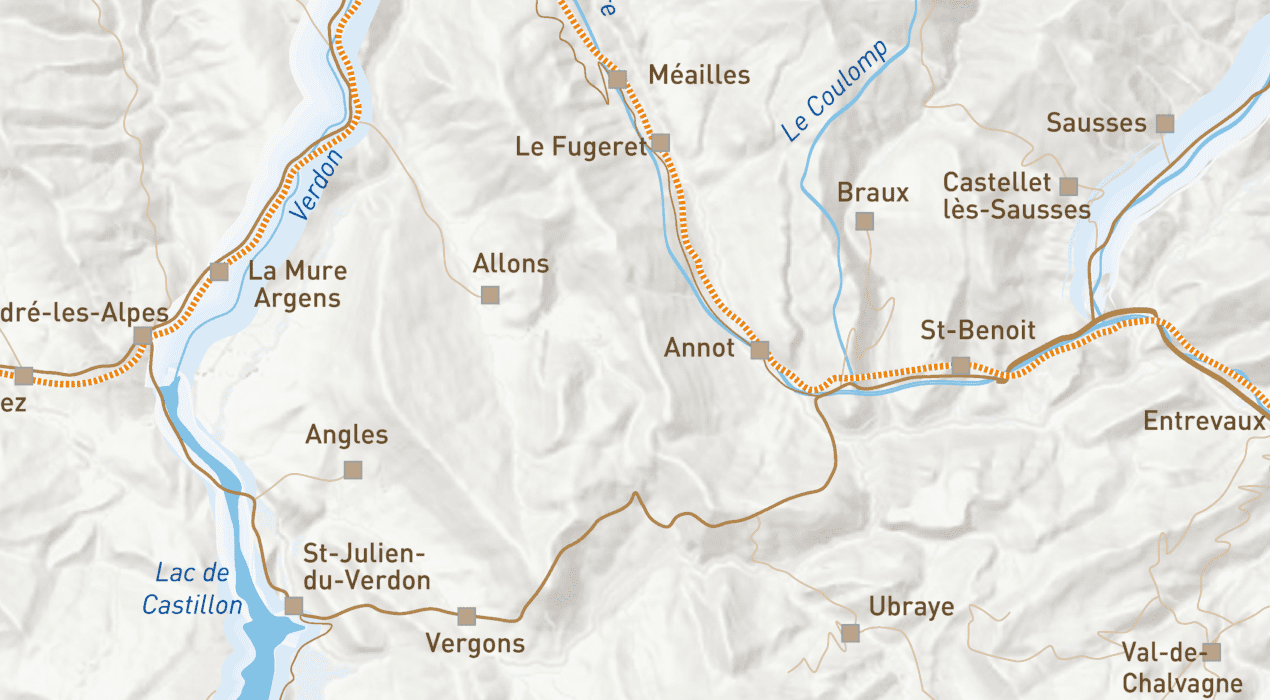
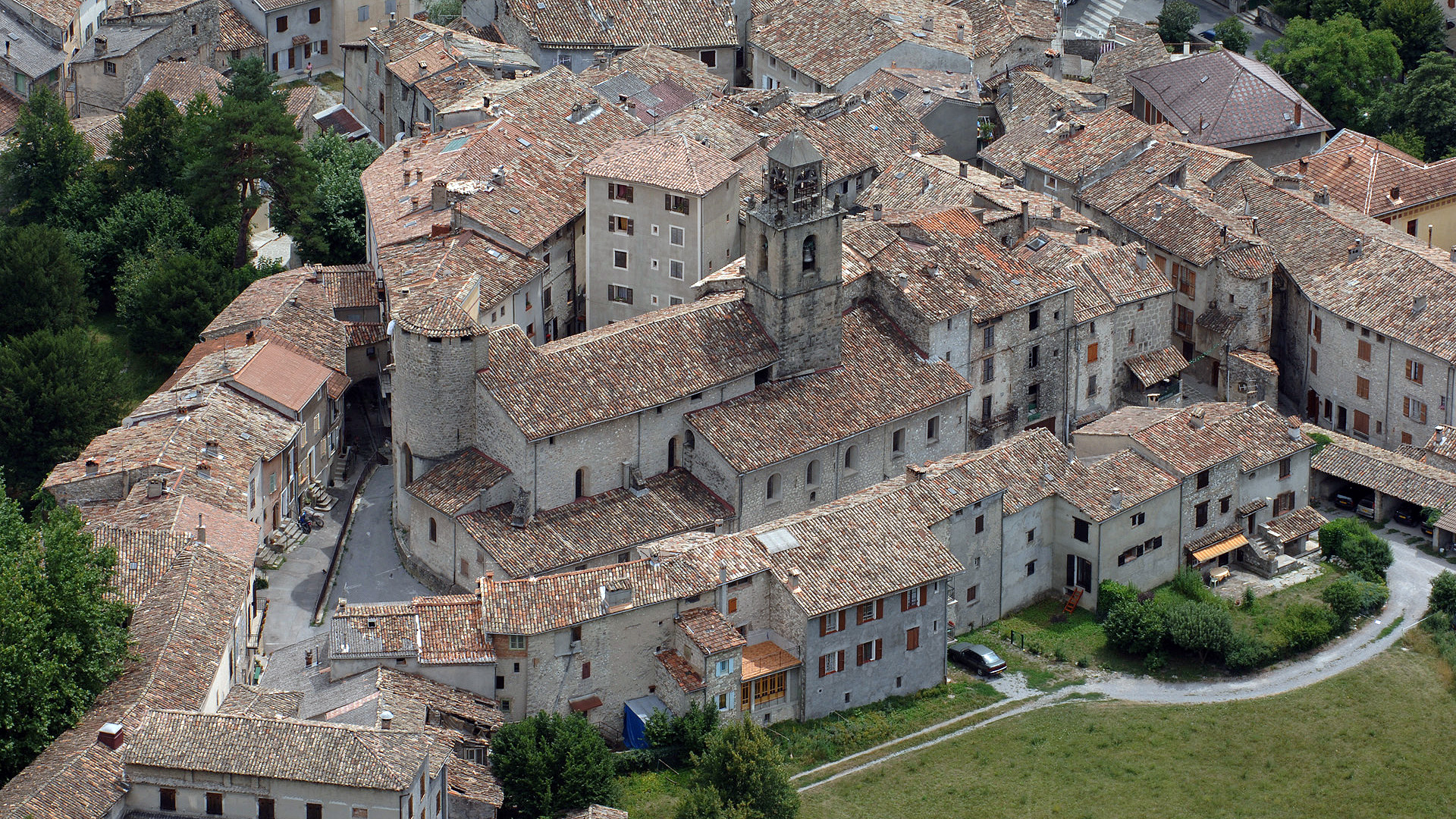
Nestled at the foot of the Annot sandstone and its centuries-old chestnut trees, the village has preserved a particularly rich medieval heart. A starting point for outdoor activities, it is a place to relax and discover nature.
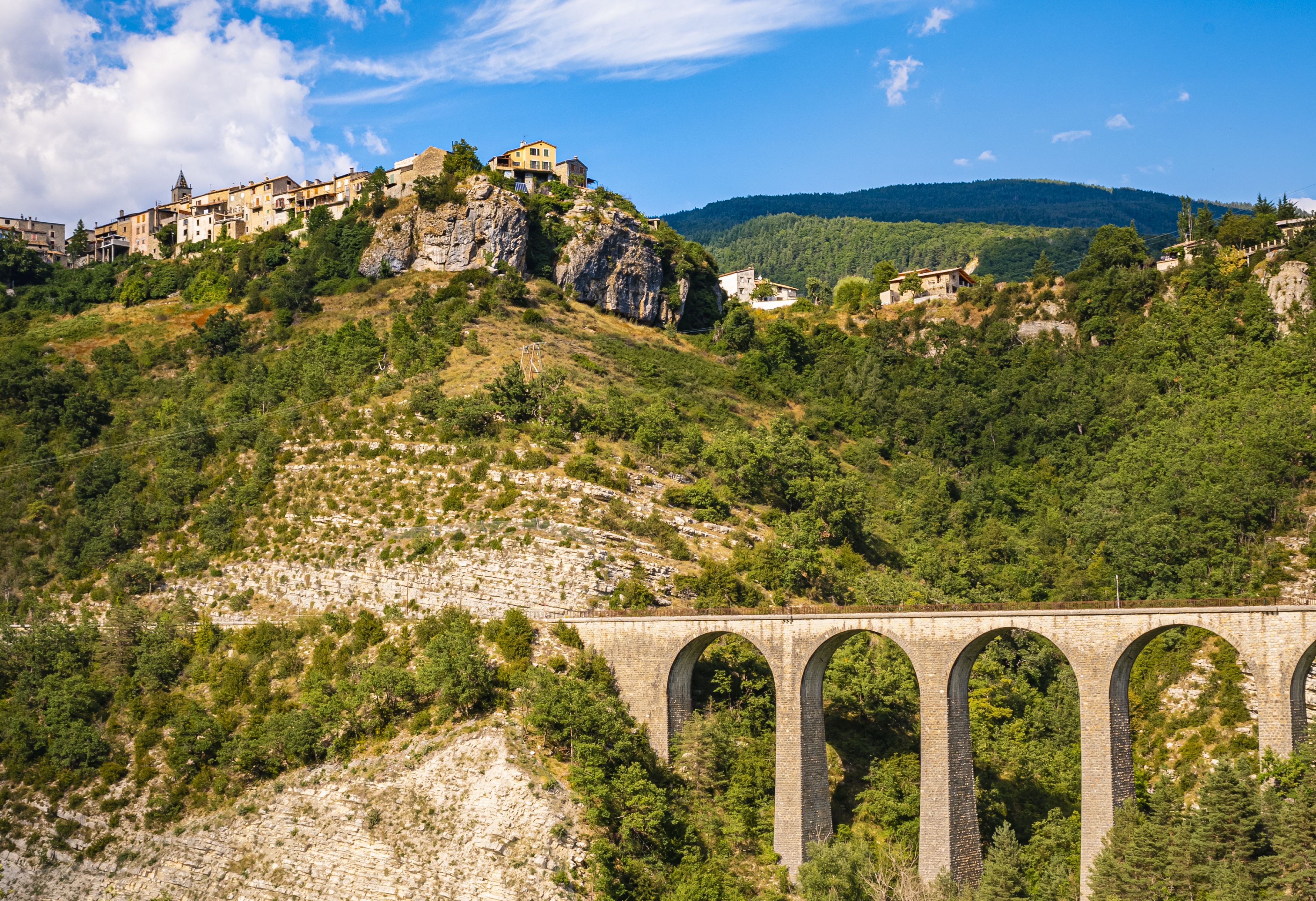
Perched on the edge of a limestone plateau, the village of Méailles overlooks the Vaïre valley from a magnificent vantage point. Traces of human occupation dating back to the Neolithic period have been found in the village’s caves.
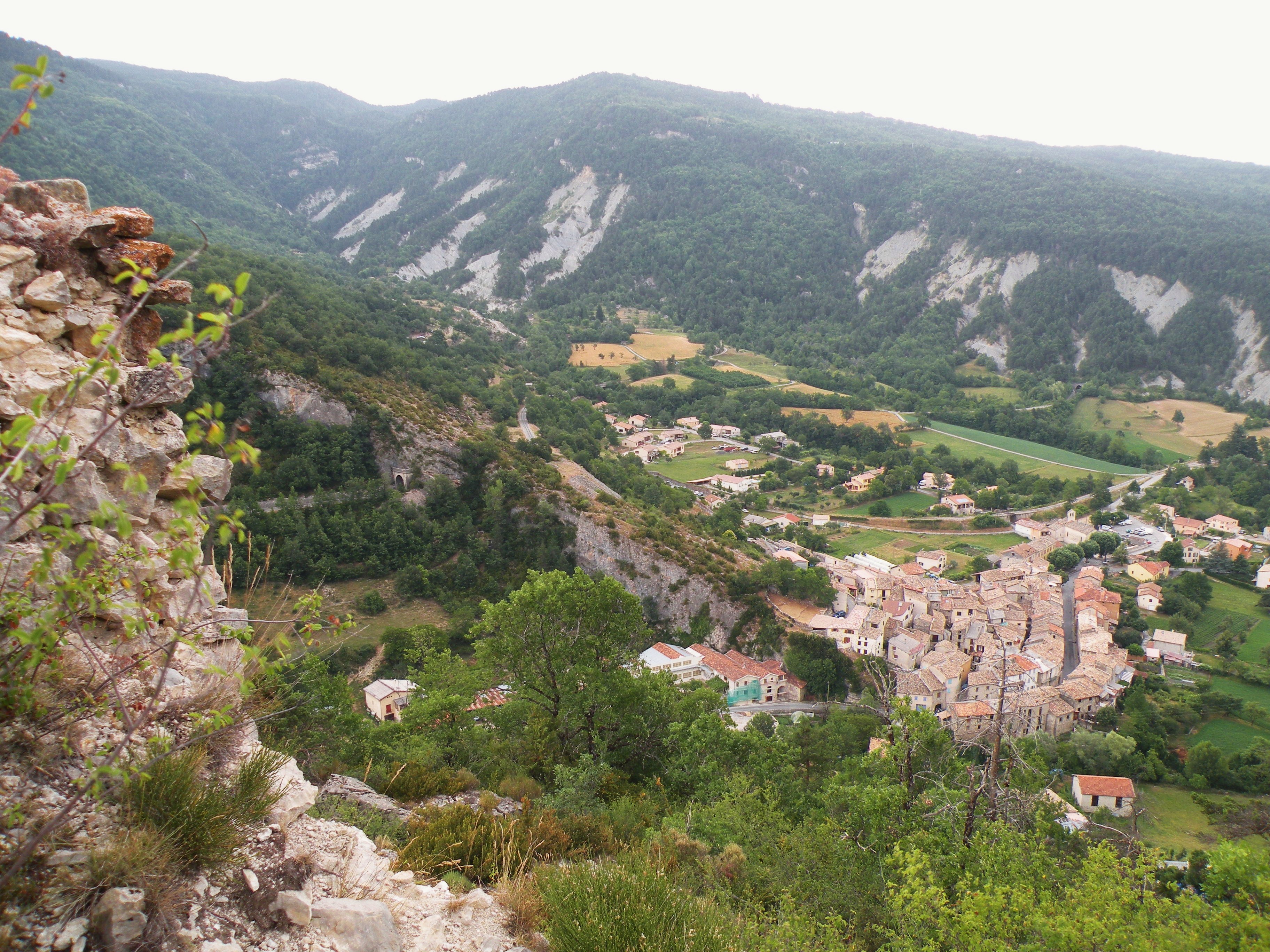
Situated on the banks of the Vaïre river, Le Fugeret spreads out like a fan, but the commune extends well beyond the central village, into the Annot sandstone massif, and is made up of numerous hamlets, including Bontès, Argenton and Chabrières.
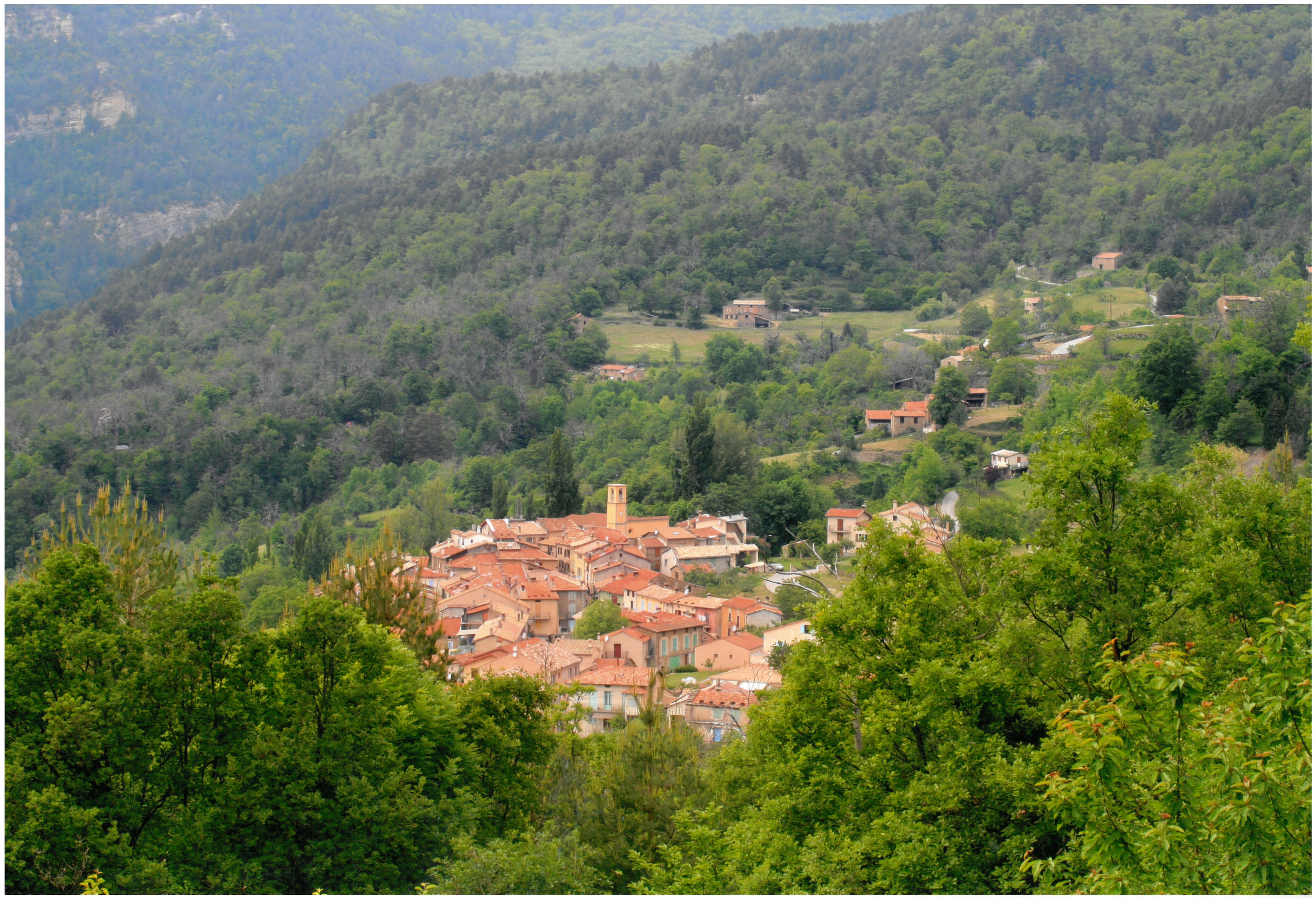
Set among centuries-old chestnut trees, dotted with restored stone barns, Braux offers superb views of the sandstone cliffs of the Coulomp valley.
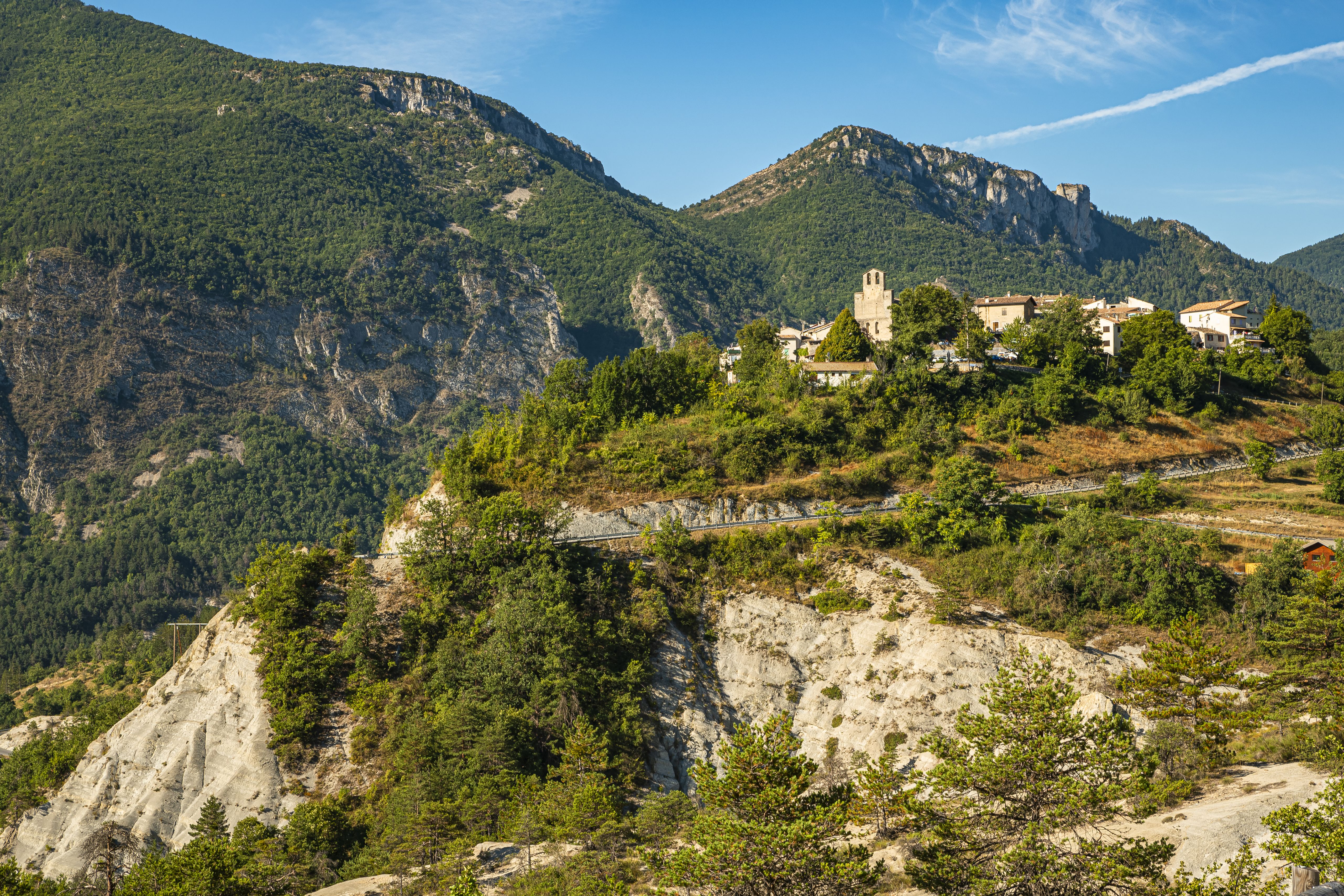
Overlooking the Coulomp river, Saint Benoît is perched on a rocky knoll ravaged by erosion, which emerges in the middle of meadows emphasizing its still agricultural character. It is built in a circle around the St Benoît church.
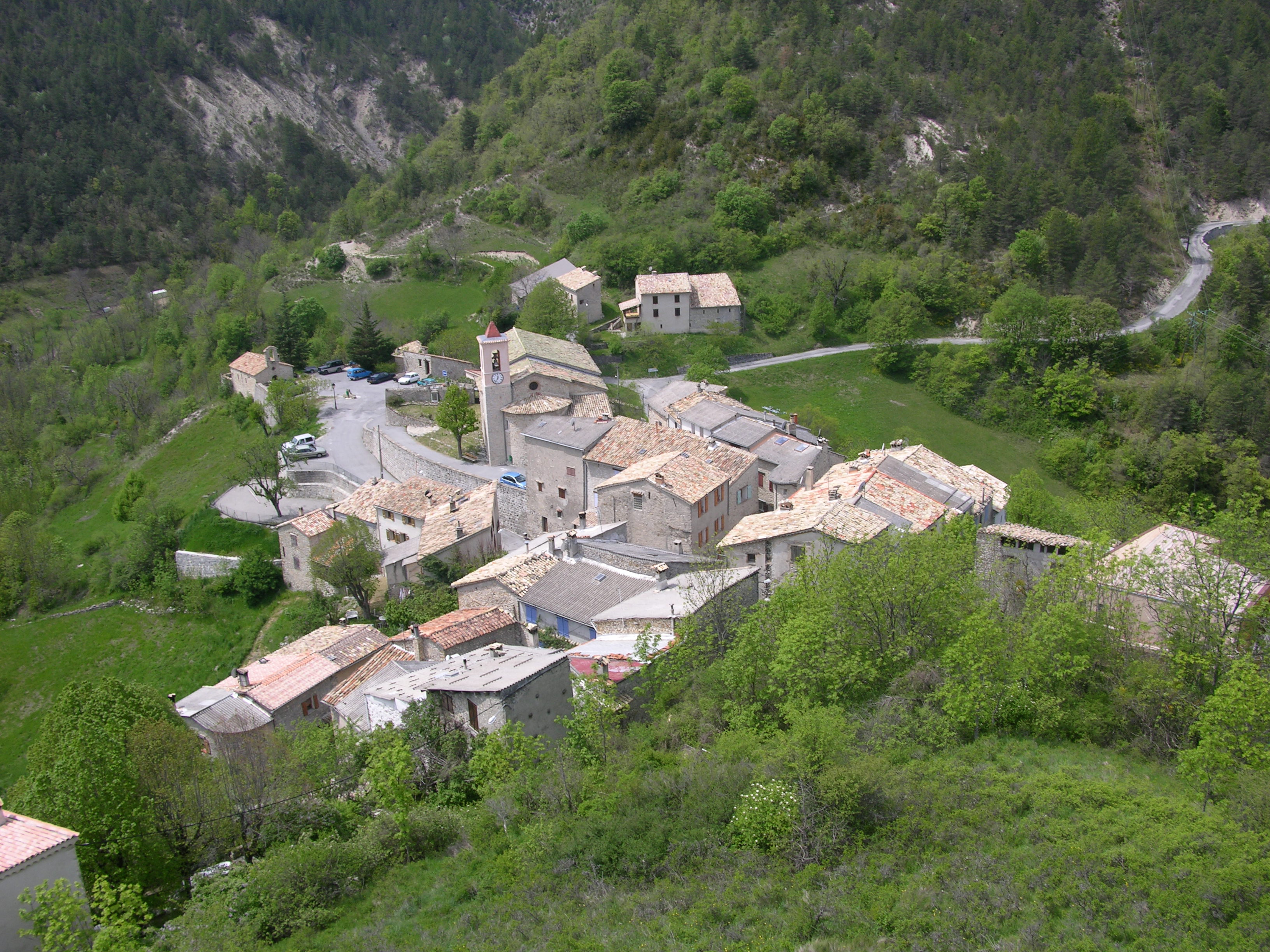
At the foot of the Bernarde massif, a narrow, winding road leads to Ubraye. This small village still stands on its medieval site, dominated by a hill where a castle once stood.
Each of the villages around Colmars-les-Alpes has its own character and Alpine charm. Whether you’re a history buff, an outdoor enthusiast or in search of peace and quiet, these villages offer an authentic experience in the heart of the Verdon, summer and winter alike. Take advantage of your stay to explore these beautiful places and immerse yourself in the region’s natural beauty.
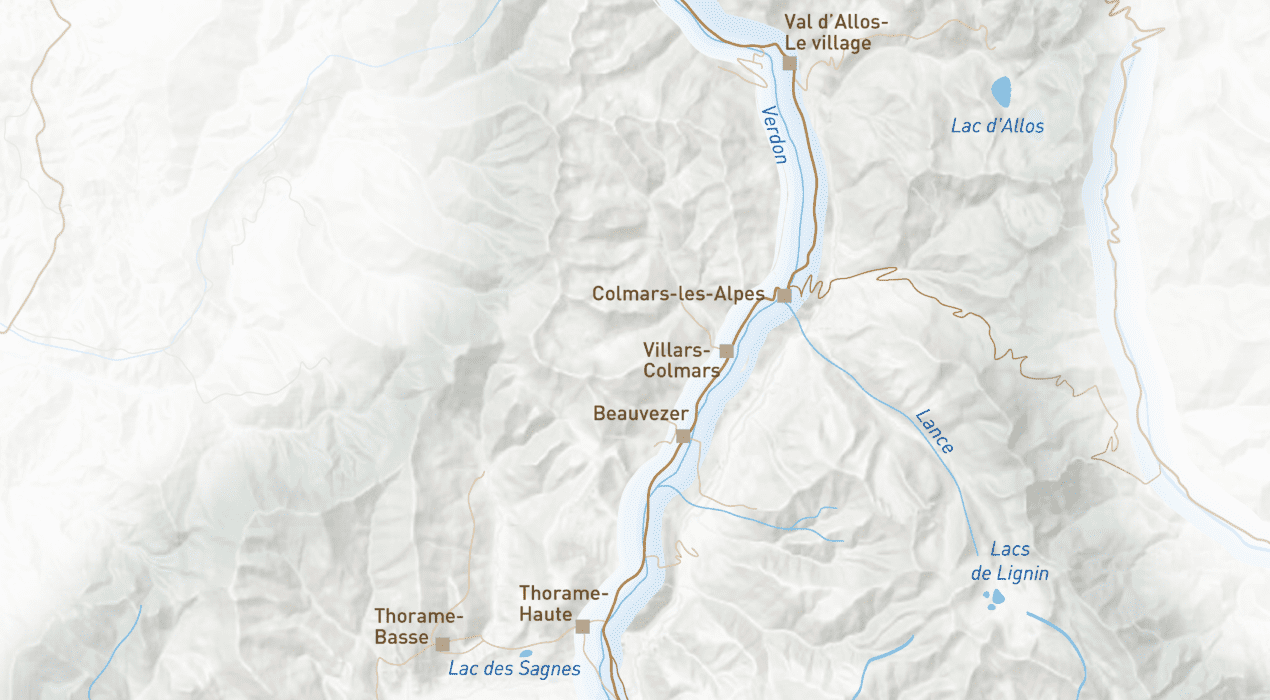
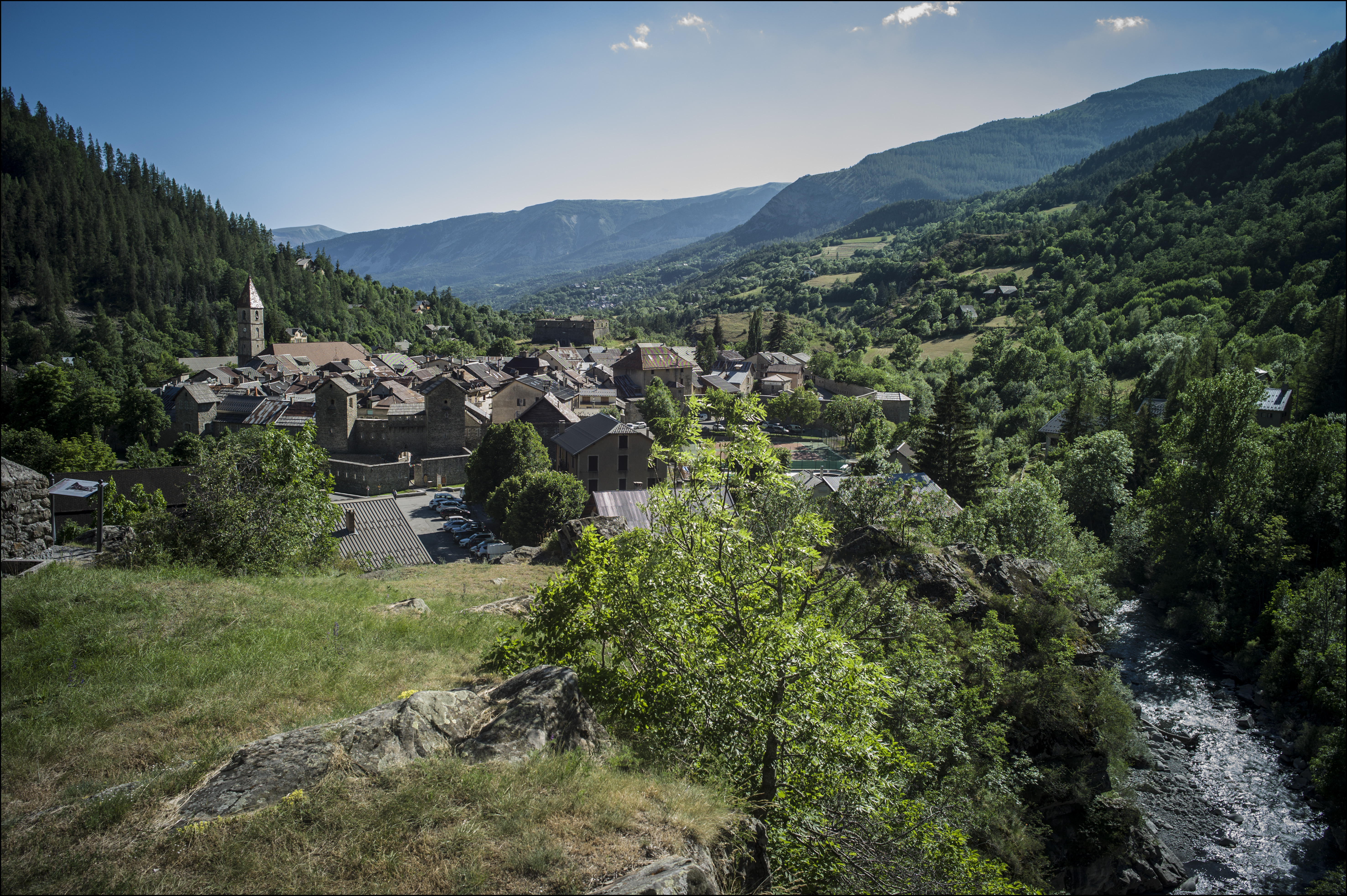
Located in the heart of the upper Verdon valley, Colmars-les-Alpes, with its two forts and ramparts, looks like an impregnable citadel. As the western gateway to the Mercantour National Park, it’s also a dream destination for ecotourism.
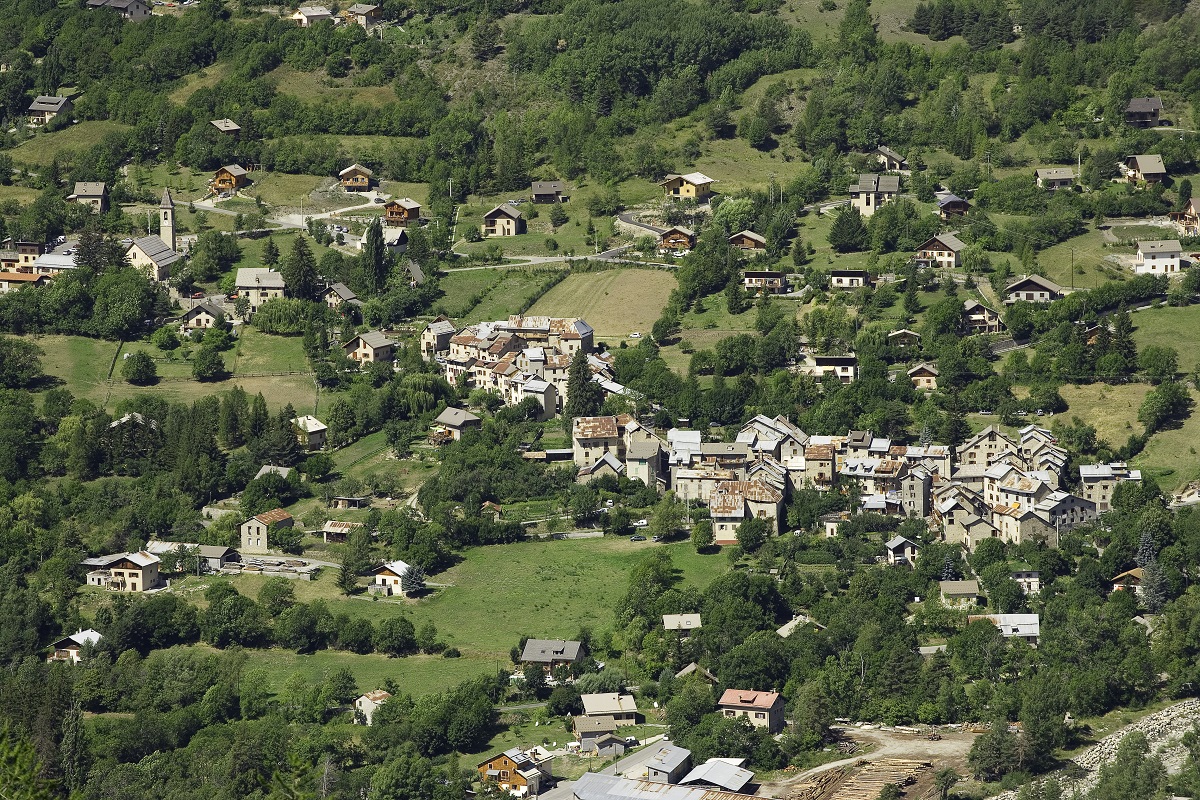
At the gateway to the Mercantour, Villars-Colmars is surrounded by mountains, notably the “Croix du Puy” and the “Gardette”, which overlook the village. The village offers a wide range of outdoor activities: hiking, horse-riding, mountain biking, climbing, fishing…
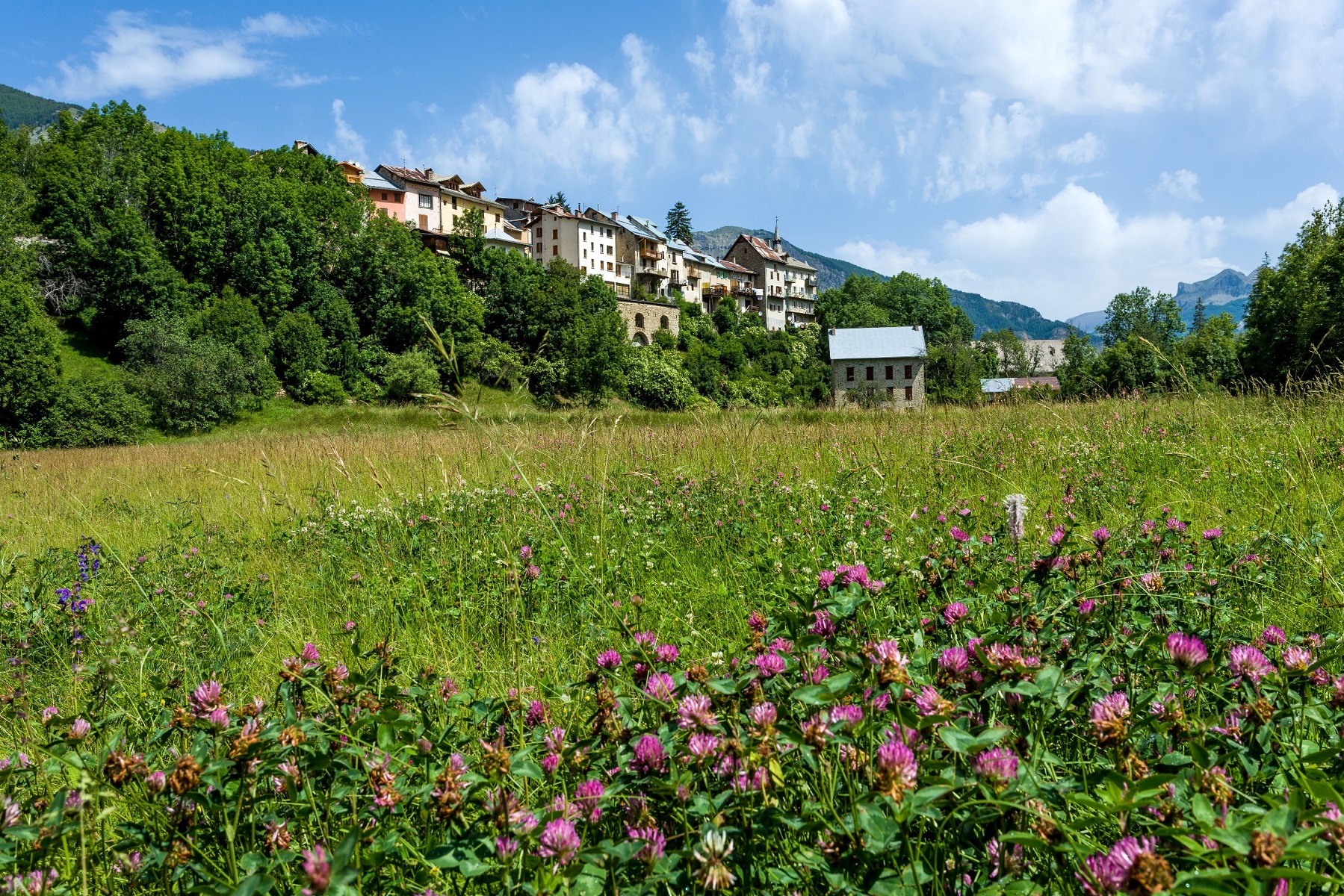
Perched on a mound in the heart of the Haut Verdon valley, Beauvezer, whose name means “beautiful to look at”, was an important wool-spinning center. A few buildings still stand, bearing witness to this flourishing period in the valley’s economy.
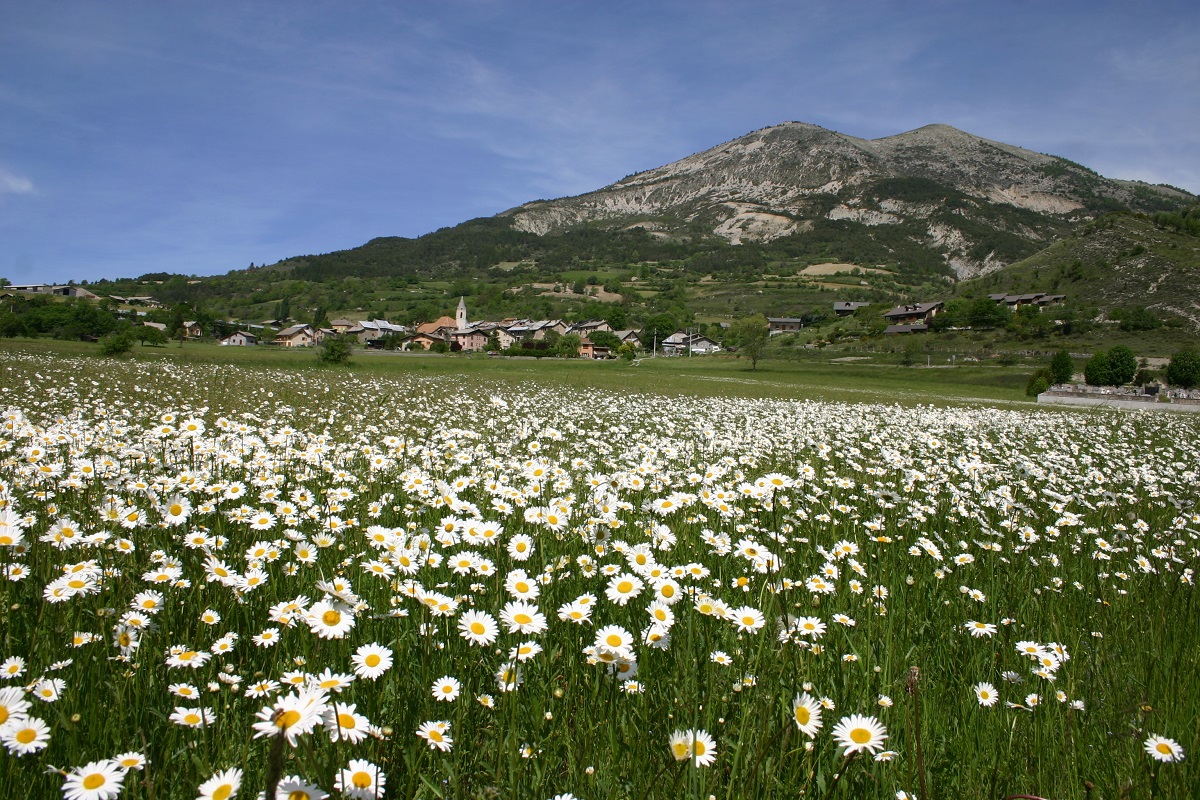
Between the Issole and Verdon valleys lies the pastoral village of Thorame-Haute. The agricultural landscape with its herds and the Lac des Sagnes are ideal for family picnics and fishing. A rich cultural heritage (bridge, church, wash-house).
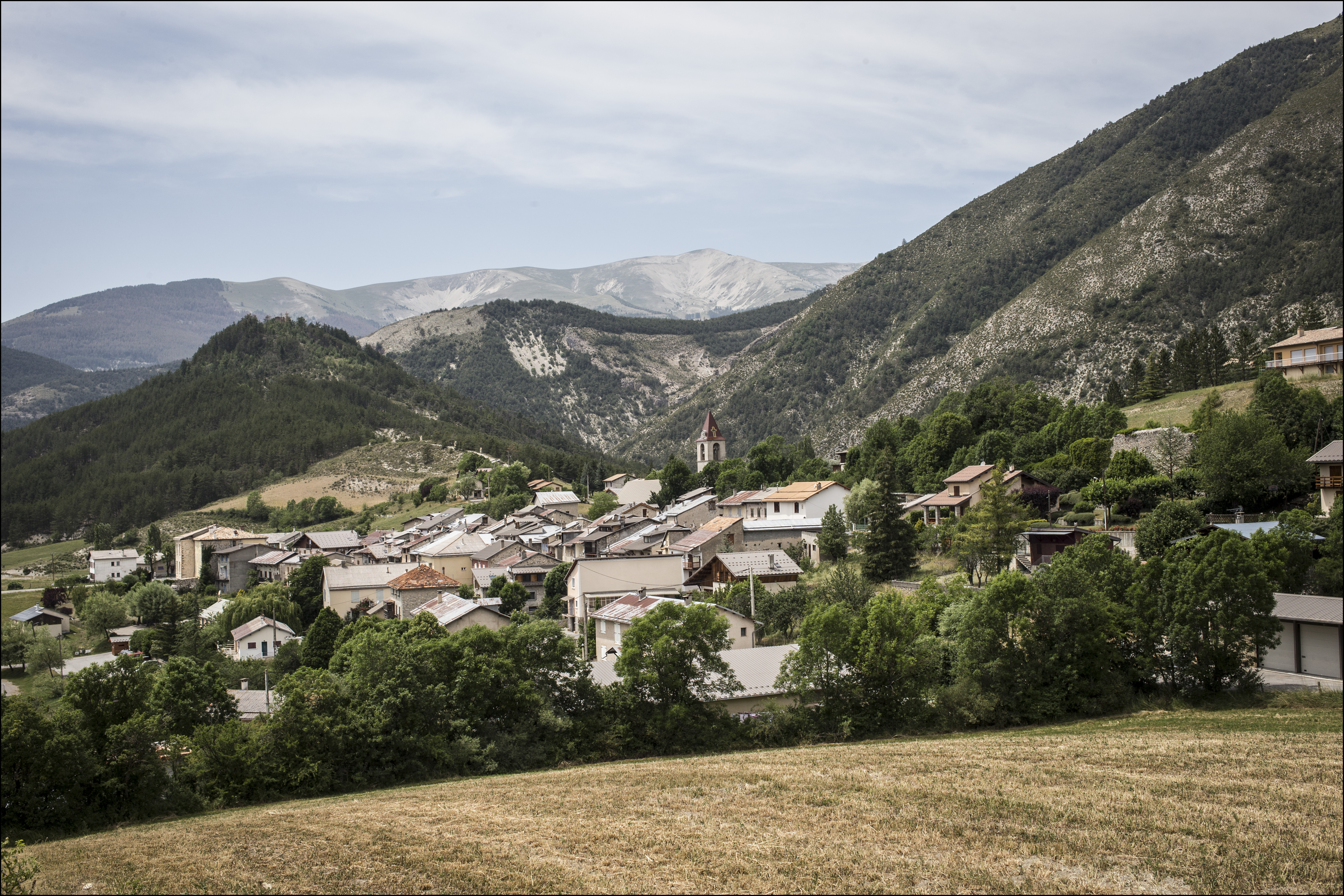
Located at an altitude of over 1,000m, Thorame-Basse offers a wealth of opportunities for outdoor activities (hiking, mountain biking, fishing…). The village’s wetlands are also of great interest for the preservation of biodiversity.
These villages aroundEntrevaux offer a variety of historical and cultural experiences, as well as easy access to Nice. Their proximity to the Var river and the surrounding countryside make them popular destinations for nature lovers and lovers of history and heritage.
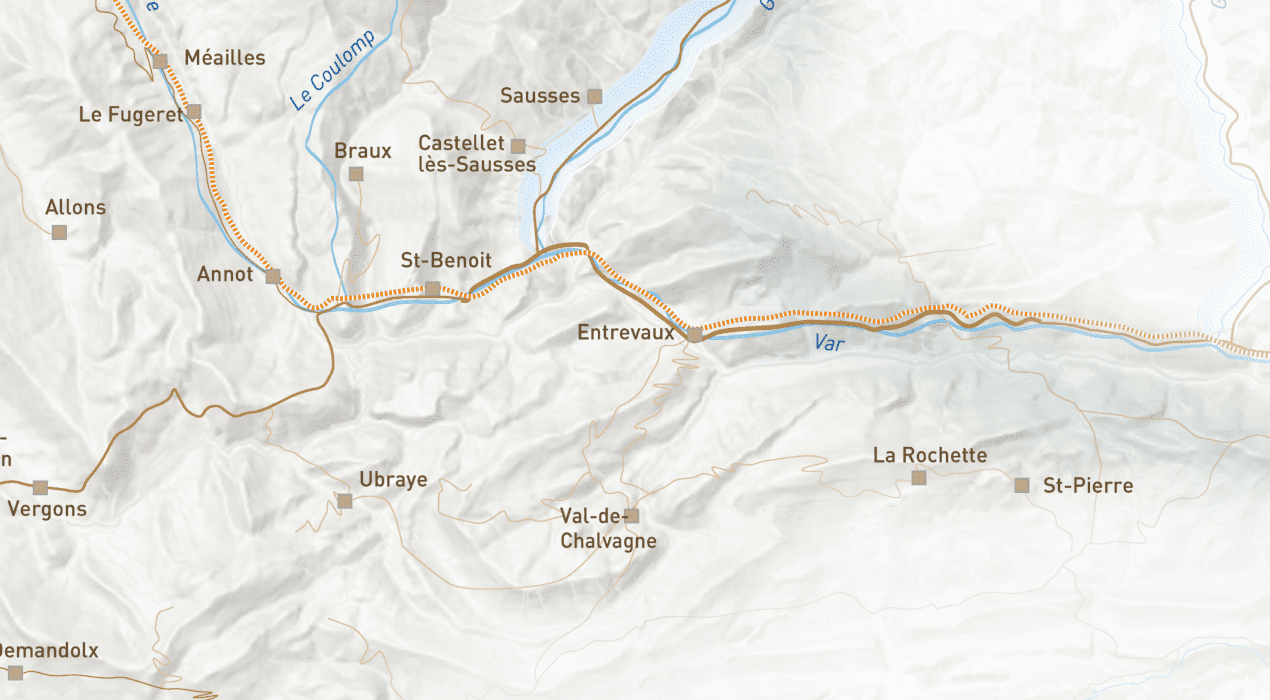
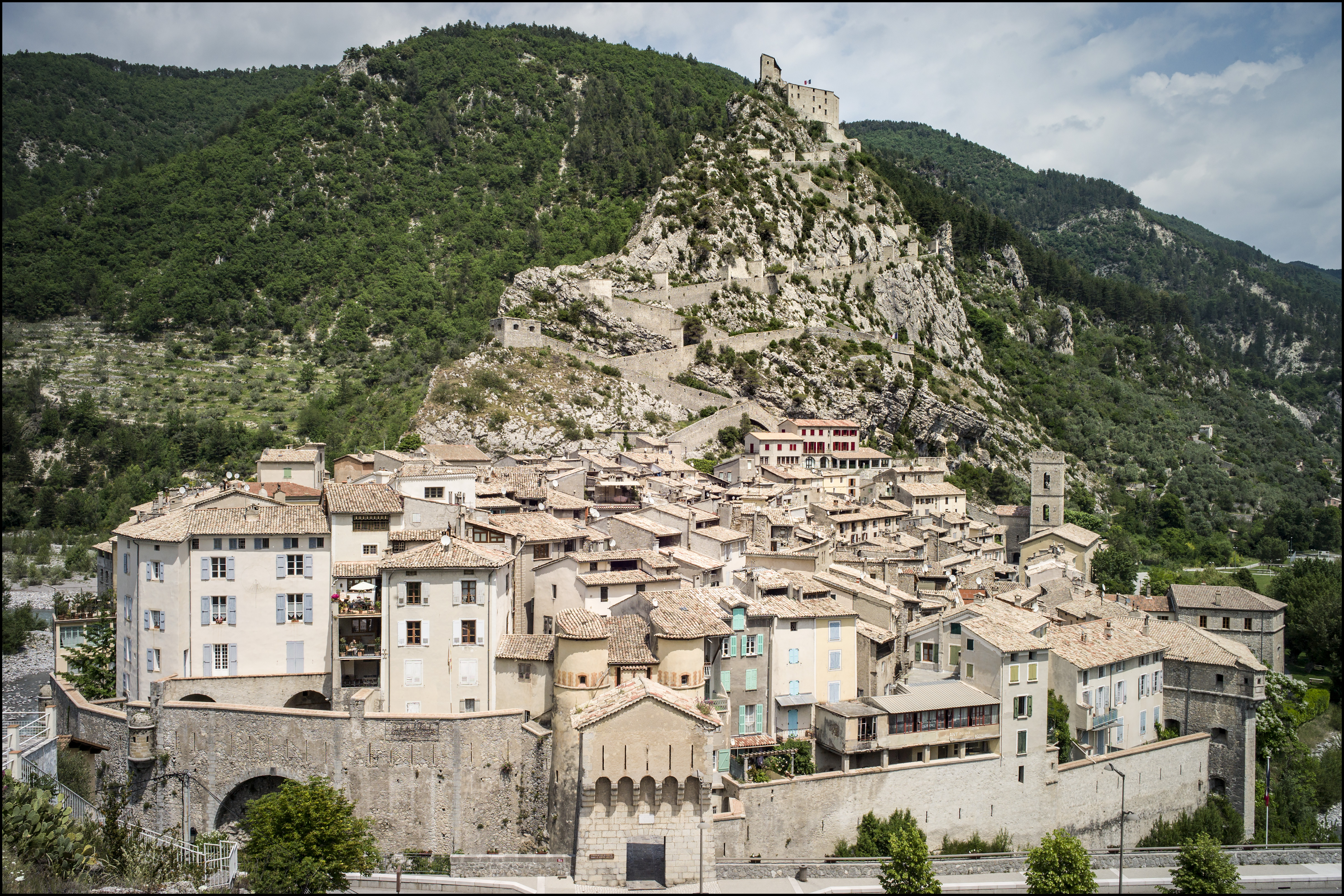
Situated on a rocky spur above the Var, Entrevaux has retained its medieval character. The village has an extremely rich cultural heritage, as evidenced by its fortifications, its mills and the imposing citadel that overlooks it.
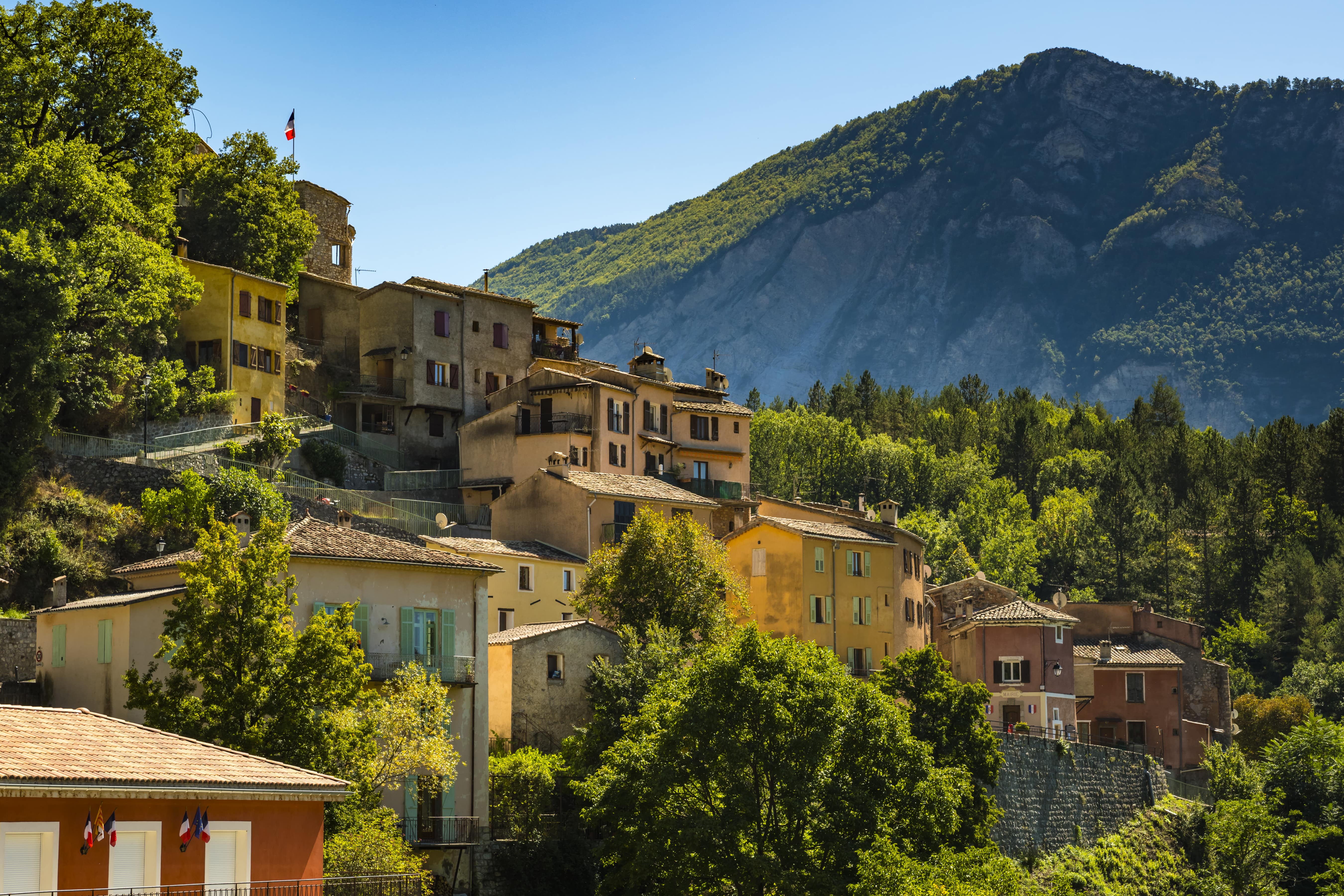
Topped by a castle, the village is built in a fan-shape on a steep slope. The winding lanes allow you to discover nooks and crannies and admire the pink-orange facades of most of the houses.
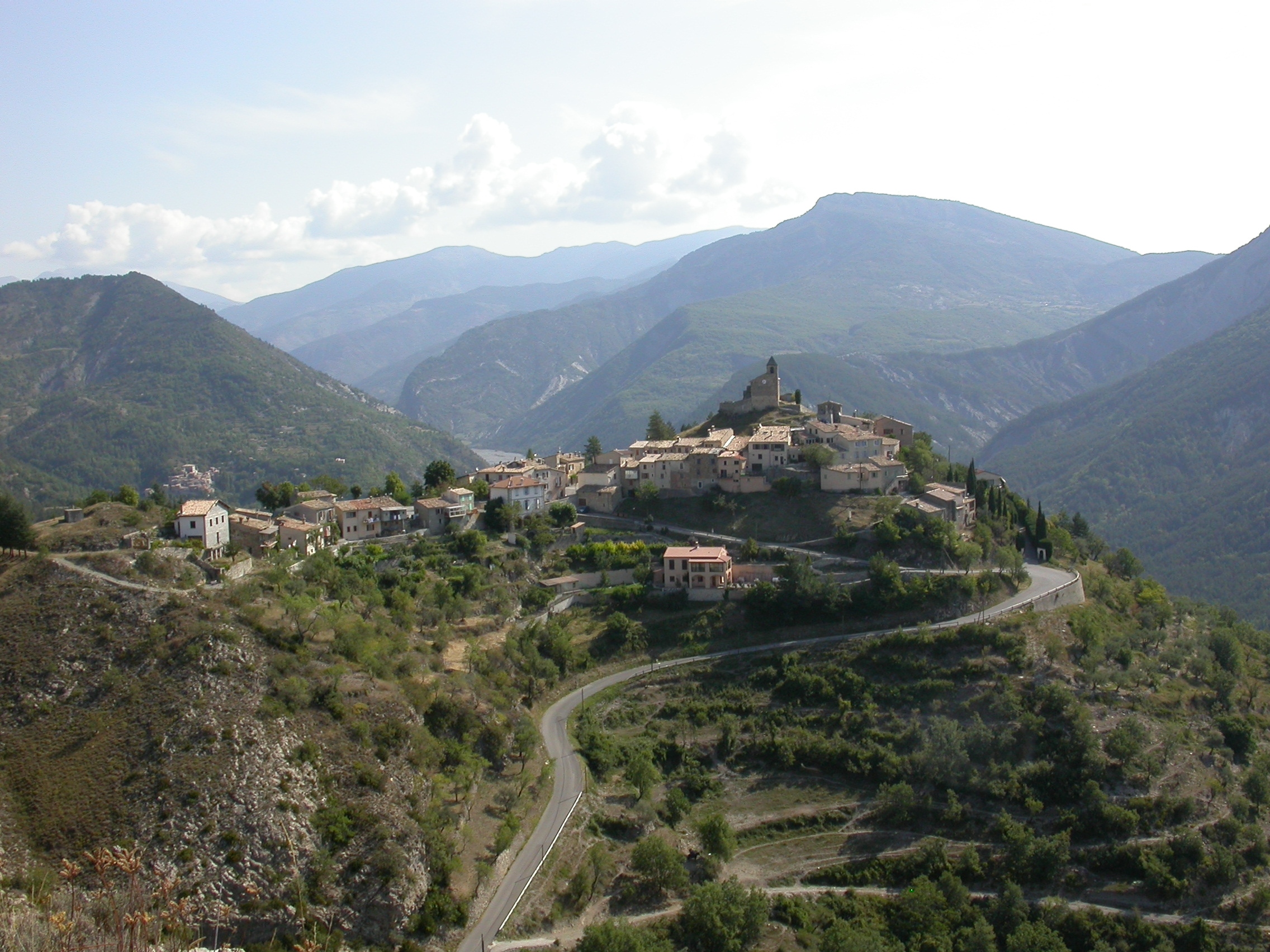
Perched on a rocky outcrop, the village of Castellet-lès-Sausses, named after an ancient fortified castle and a salt spring, offers superb panoramic views over the Var valley.
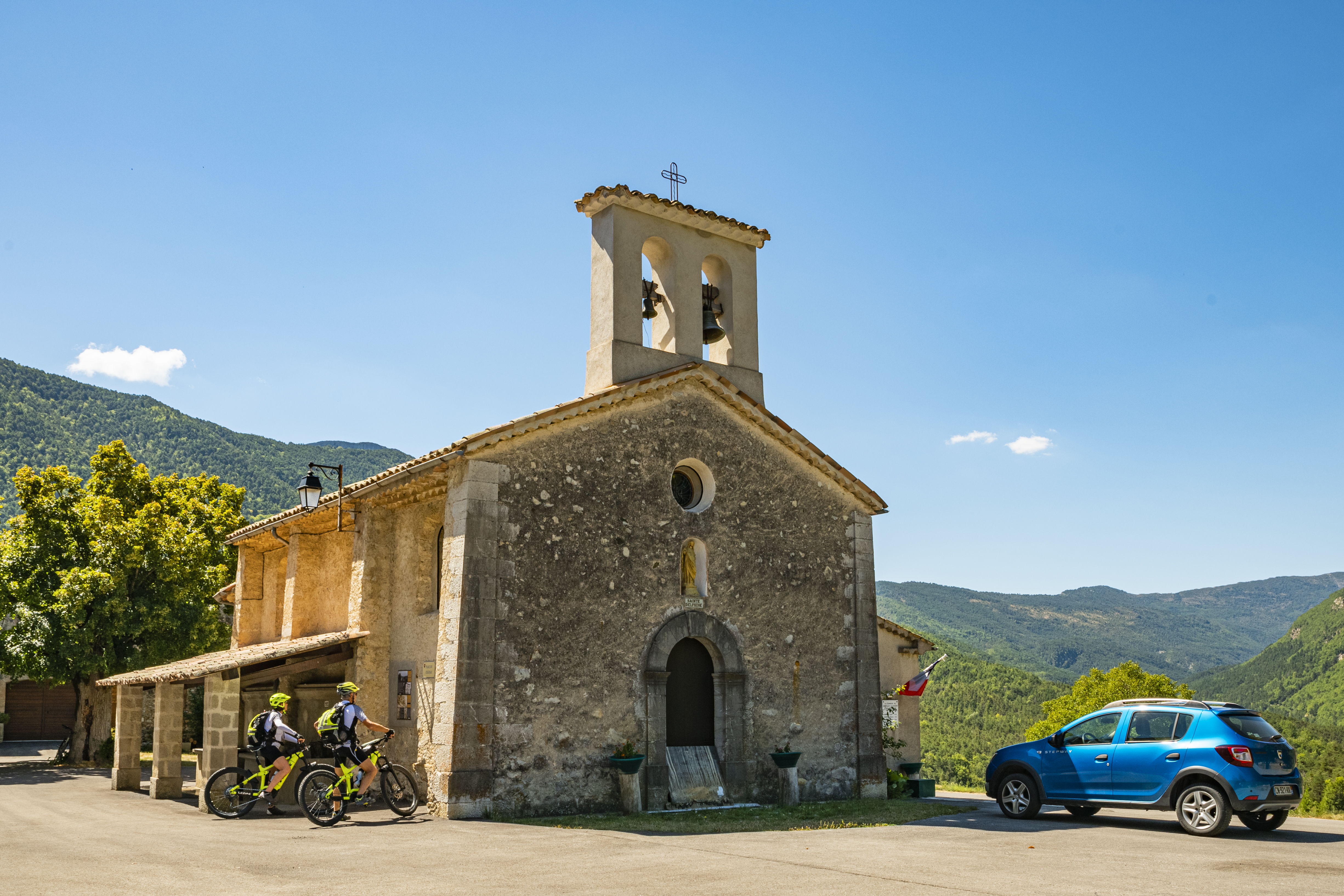
The commune of Val de Chalvagne is the result of the merger of three communes: Castellet-Saint-Cassien, Montblanc and Villevieille. These isolated hamlets are home to two 16th-century castles.

Clinging to a rocky spur, the village is enclosed within its ancient wall. From the 14th to the 19th century, it played a strategic role in the Chanan valley, on the border with the County of Nice.
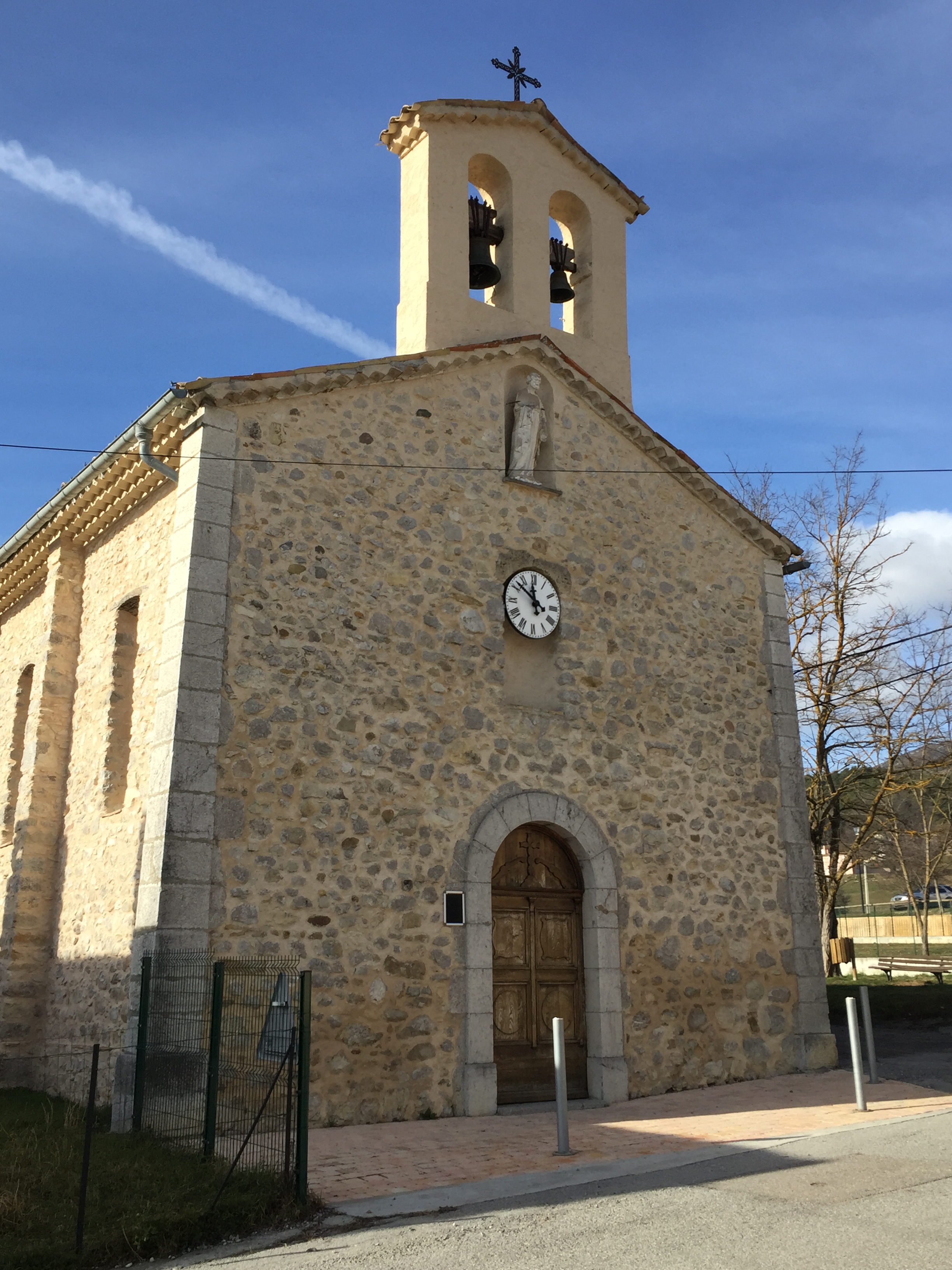
It was a large agricultural estate, organized around an isolated church dedicated to Saint Pierre, that gave rise to the present-day commune. Today, it is the extreme southeastern tip of the Alpes de Haute Provence.
The villages around La Palud-sur-Verdon offer a variety of experiences, from panoramic views of the Gorges du Verdon to water sports on the Verdon and exploration of medieval history and heritage.
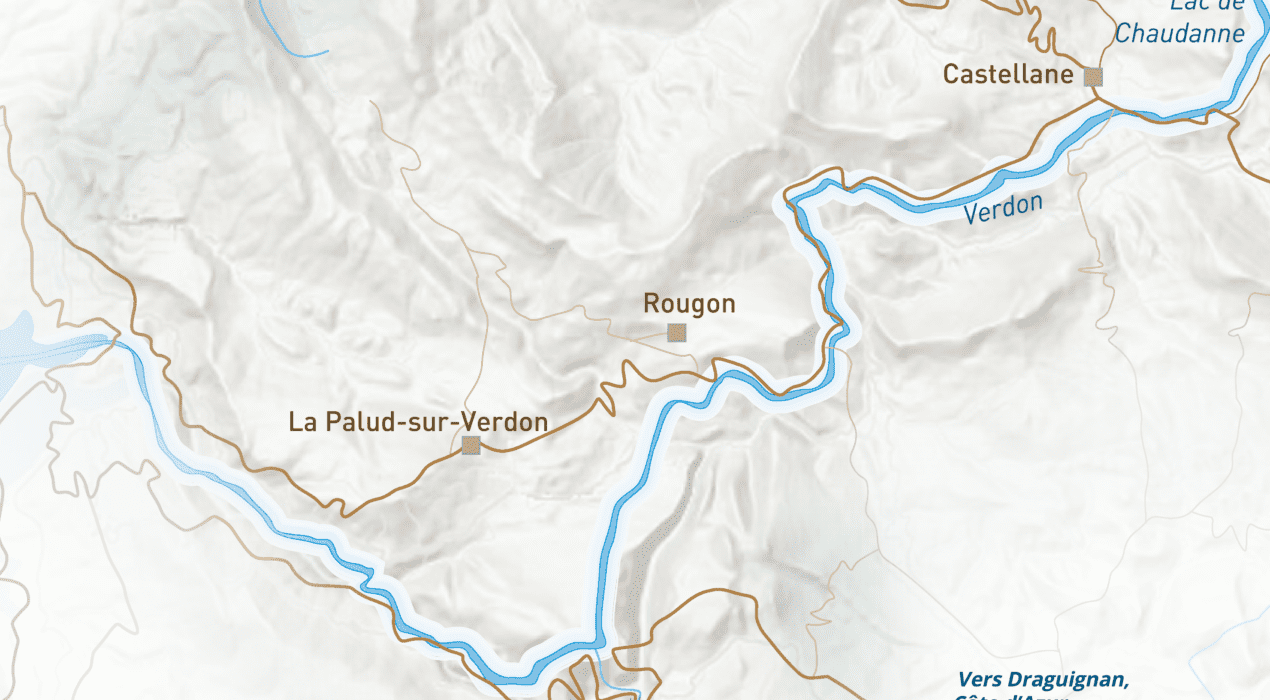
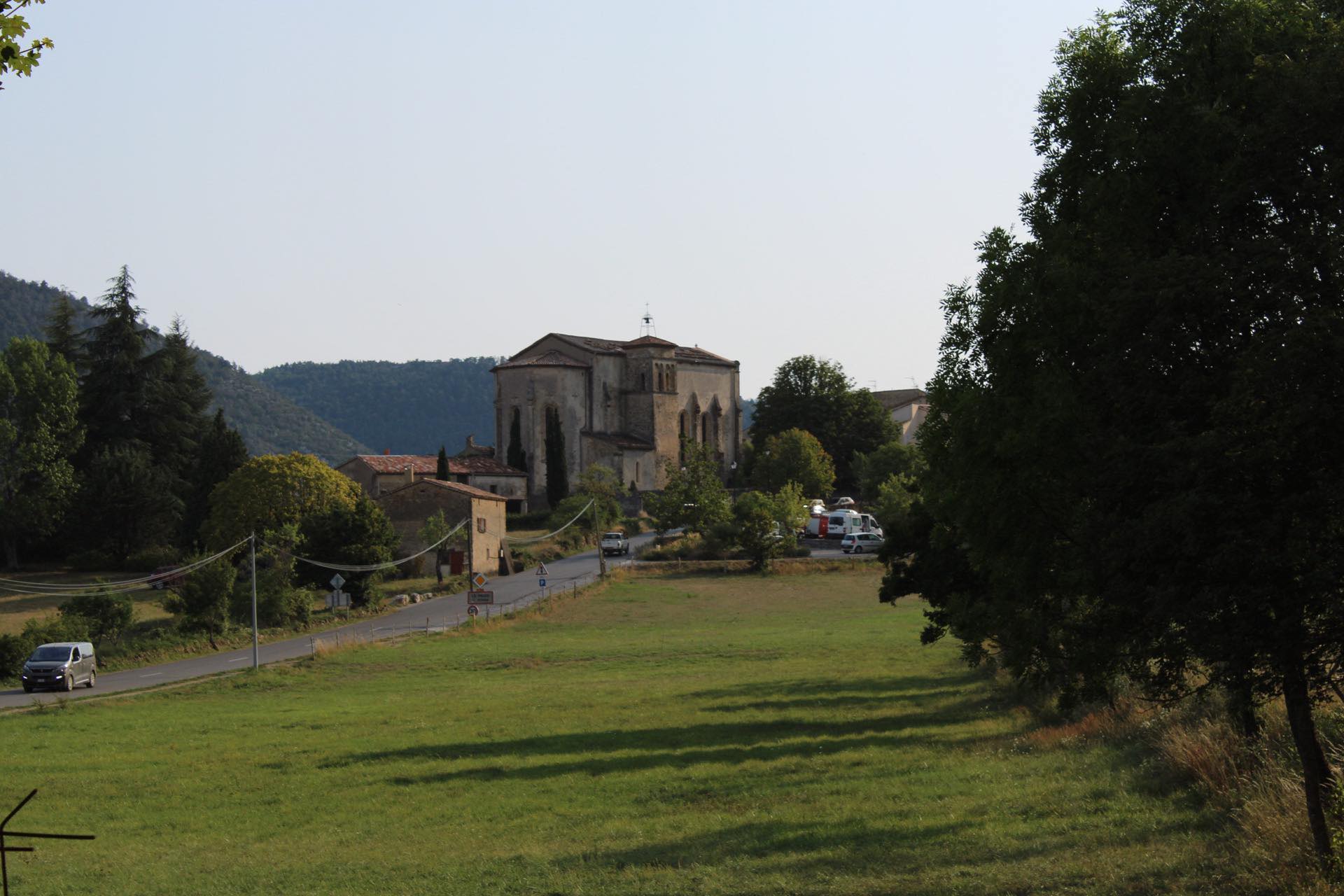
Located in the heart of the Gorges du Verdon, La Palud-sur-Verdon is a strategic point for discovering the canyon. As the starting point for the Route des Crêtes, hiking trails, mountain biking and climbing sites, it’s an ideal destination for a sporting break.
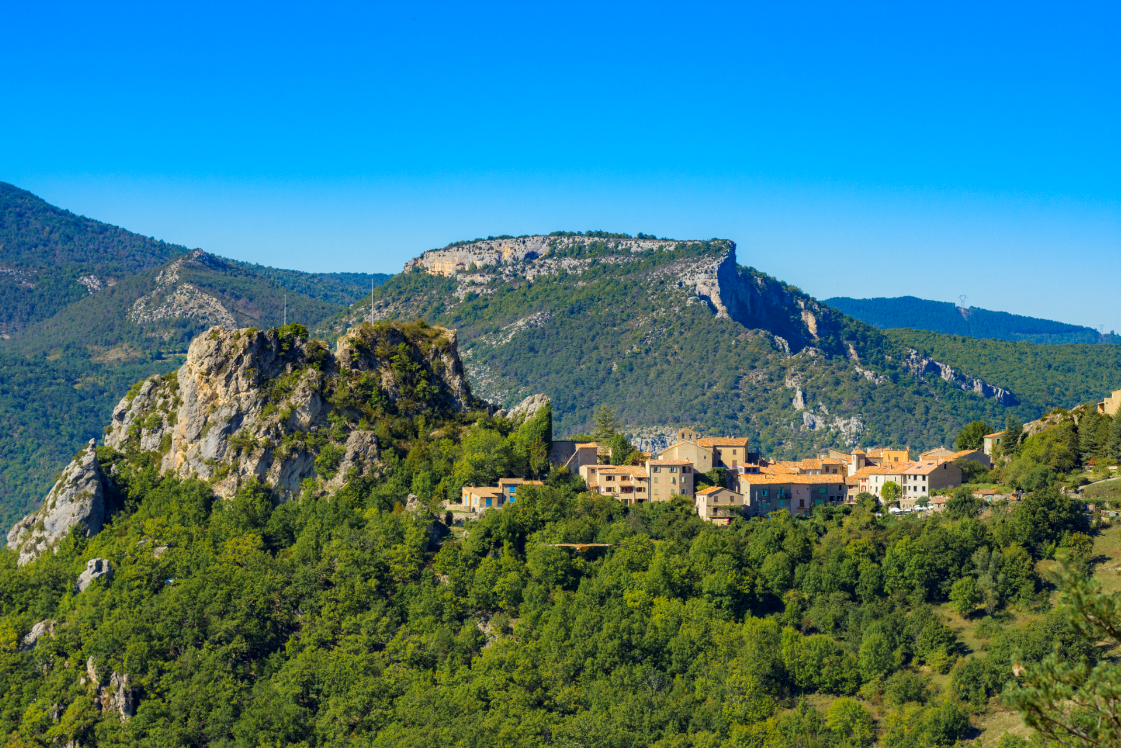
A veritable hilltop village, Rougon overlooks the Samson couloir and Point Sublime from its rocky outcrop, offering one of the finest views of the Verdon Canyon.
04120 Rougon-en
The area around Saint-André-les-Alpes in the Alpes-de-Haute-Provence offers an attractive combination of nature, culture and tourism. Spectacular mountain scenery, green hills, rivers and lakes make the region a paradise for nature lovers. Outdoor activities such as hiking, mountain biking and paragliding are popular.
Lac de Castillon offers a peaceful place to relax and enjoy water sports.
The region’s rich historical heritage includes Roman remains, chapels and medieval castles. Picturesque villages, the Verdon gorges, the regional nature park and water sports add to the tourist appeal. Visitors can also immerse themselves in the local culture by exploring the village lanes and taking part in cultural events.
The area around Saint-André-les-Alpes is an ideal destination for enriching experiences in the heart of Provence.
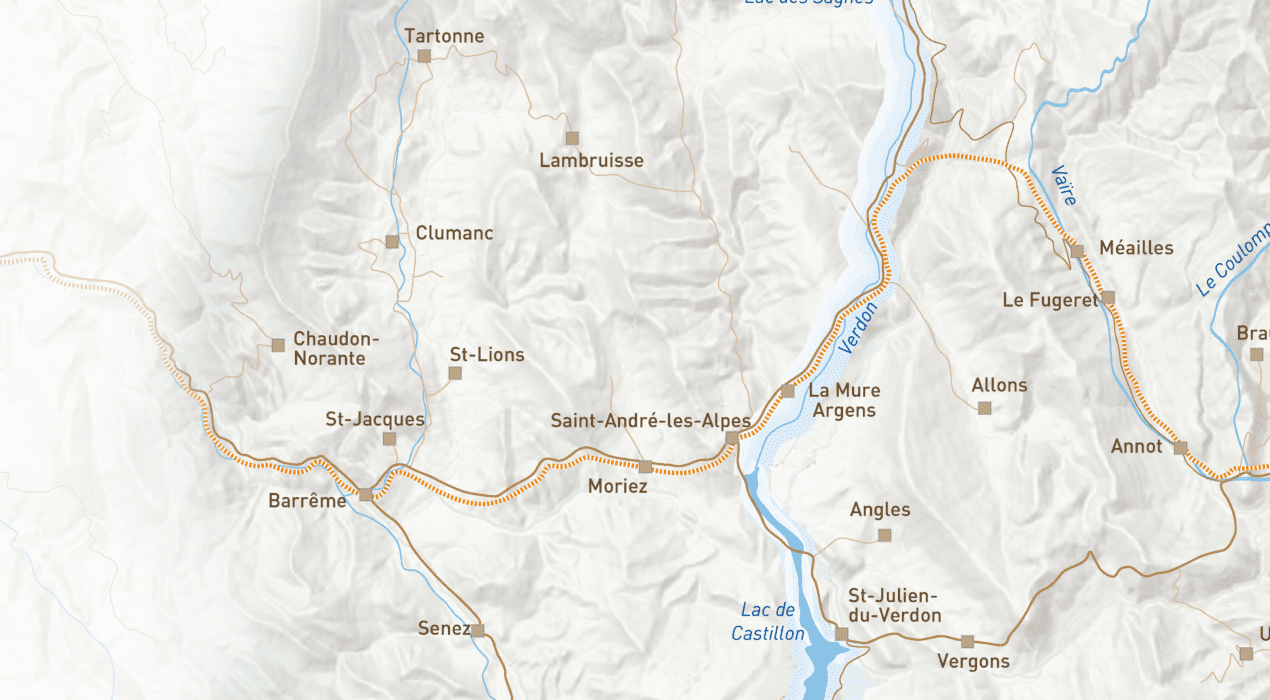
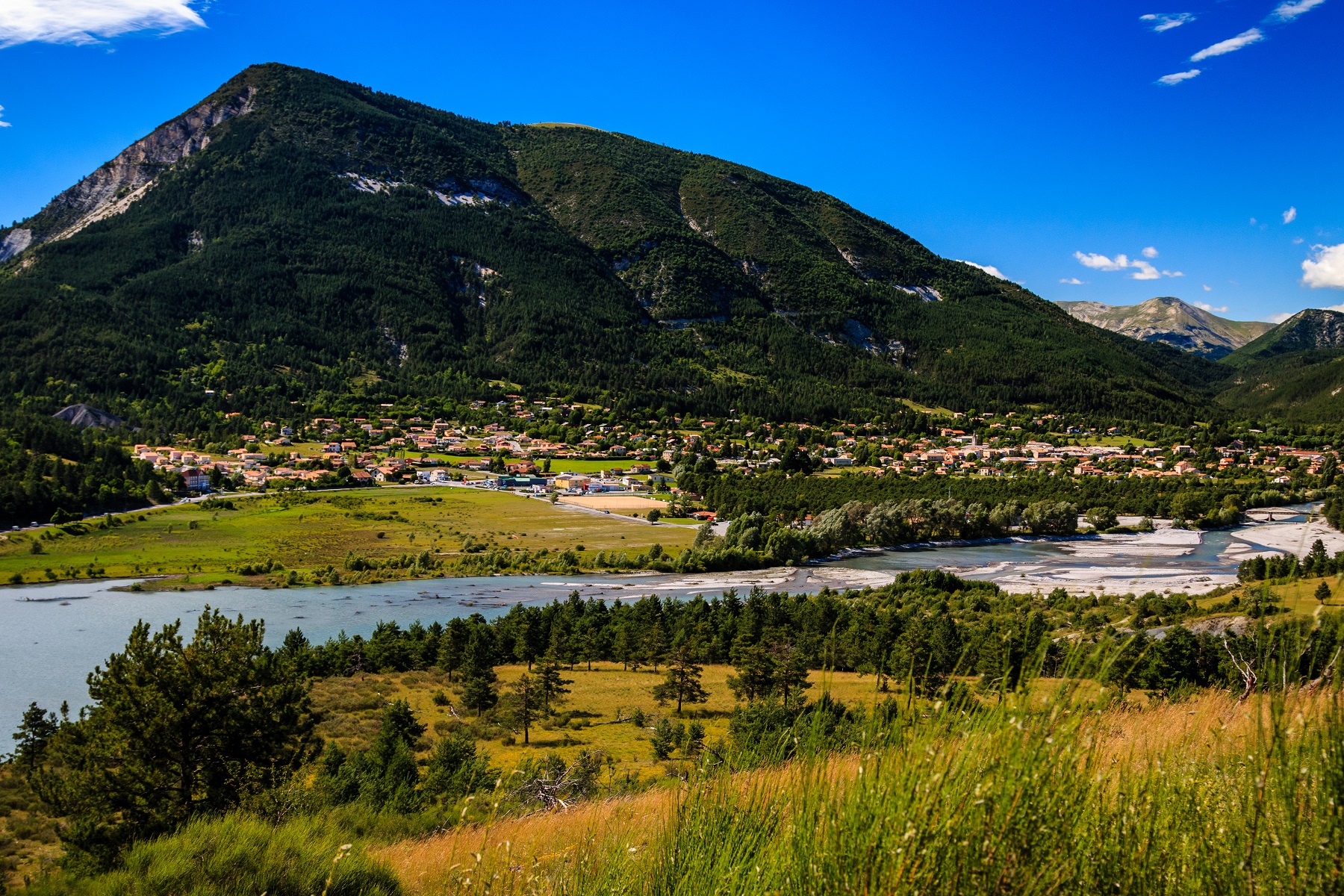
Situated on the shores of Lac de Castillon, Saint-André- les-Alpes offers a multitude of outdoor activities, including hang-gliding, for which it is a renowned site. In the village, the cloth mill trail is a testament to its industrial heritage.
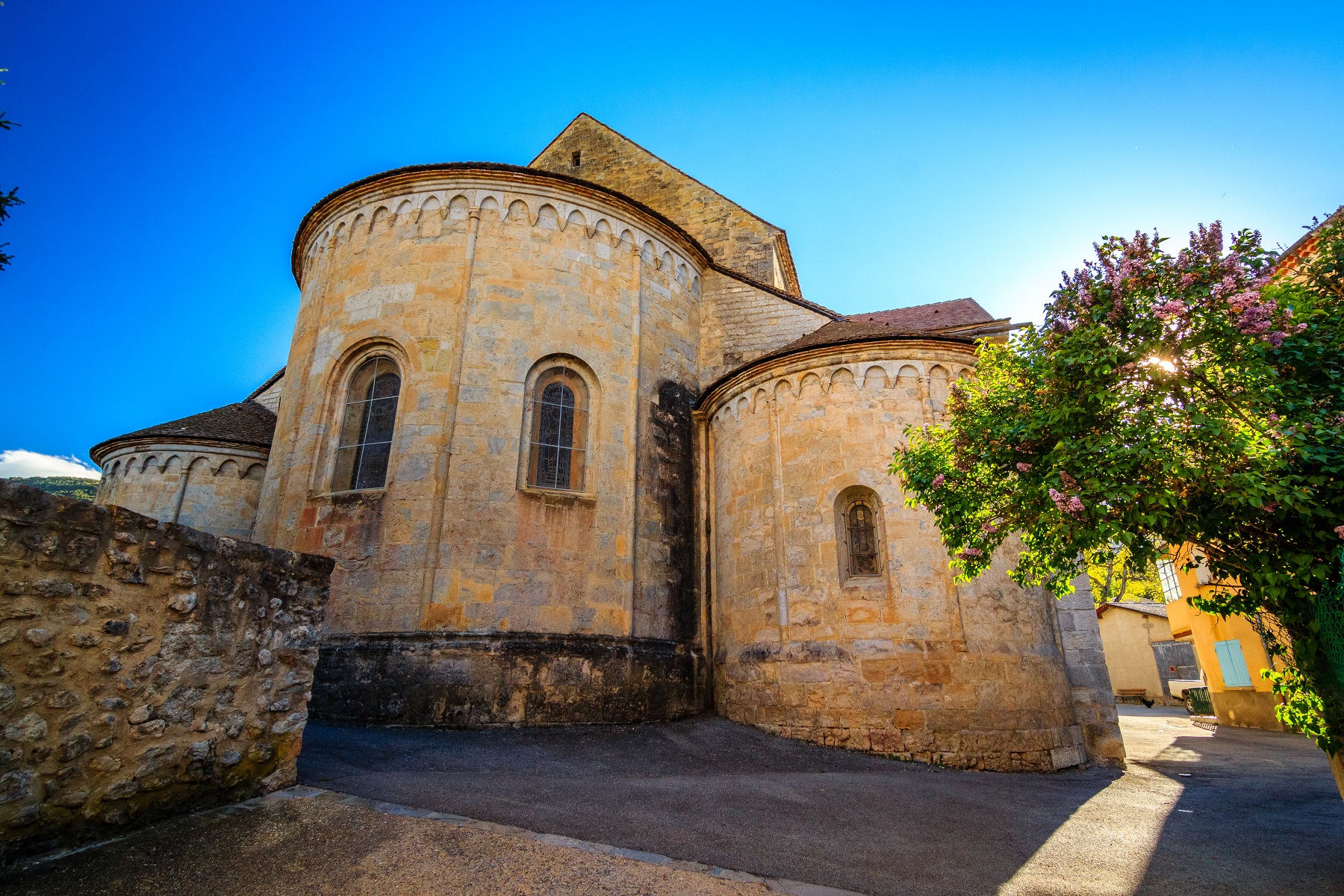
A former bishopric on the banks of the river Asse, Senez is a village steeped in history, with a rich and well-preserved cultural heritage. As a stopover on the imperial road, Napoleon stopped off to visit the cathedral, now a listed monument.
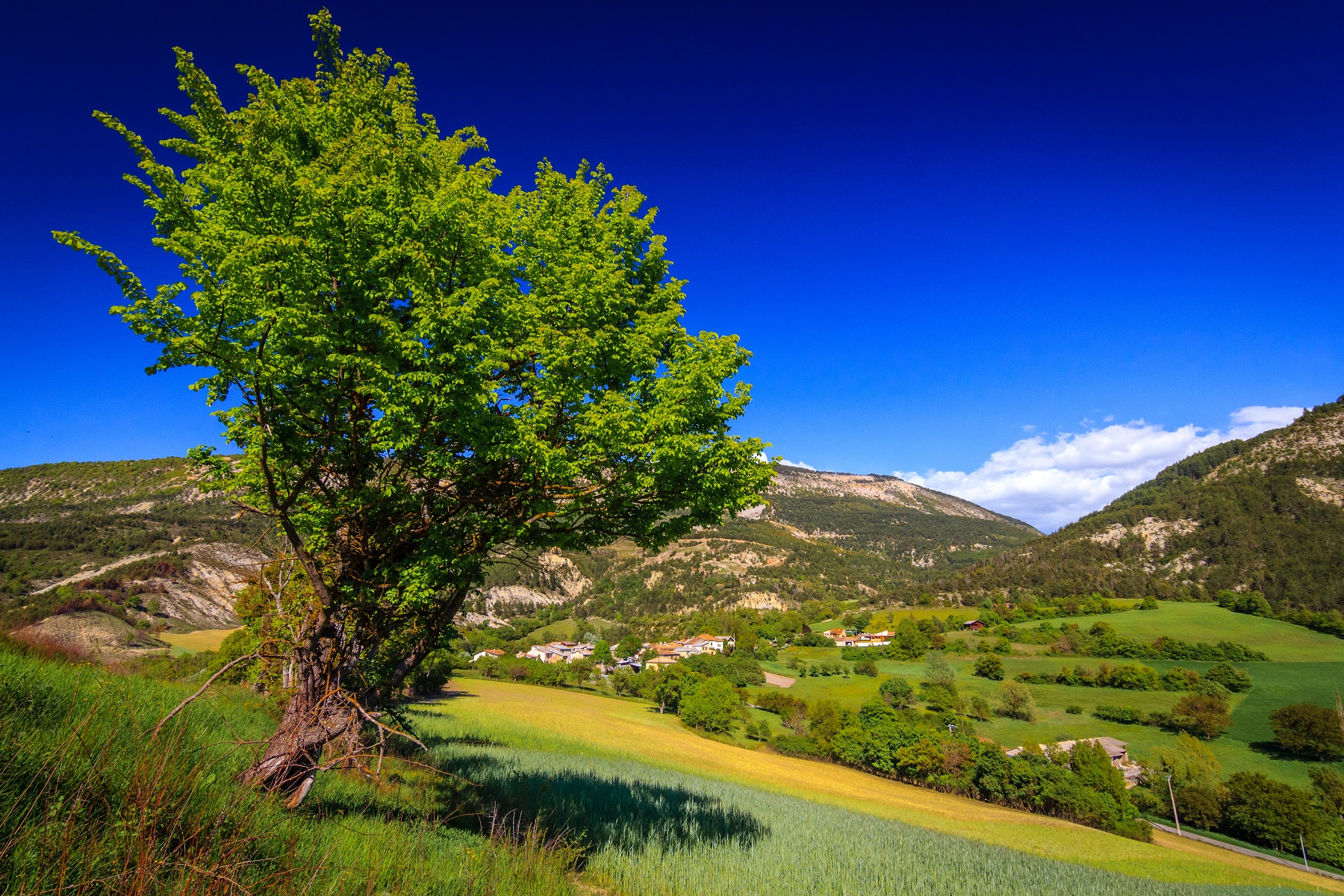
A belvedere overlooking the Asse valley at an altitude of 815 m, Saint-Lions has no coat of arms, as it only gained independence from the community of Barrême during the Directoire period. Today, it is a small village with a pastoral and agricultural vocation.
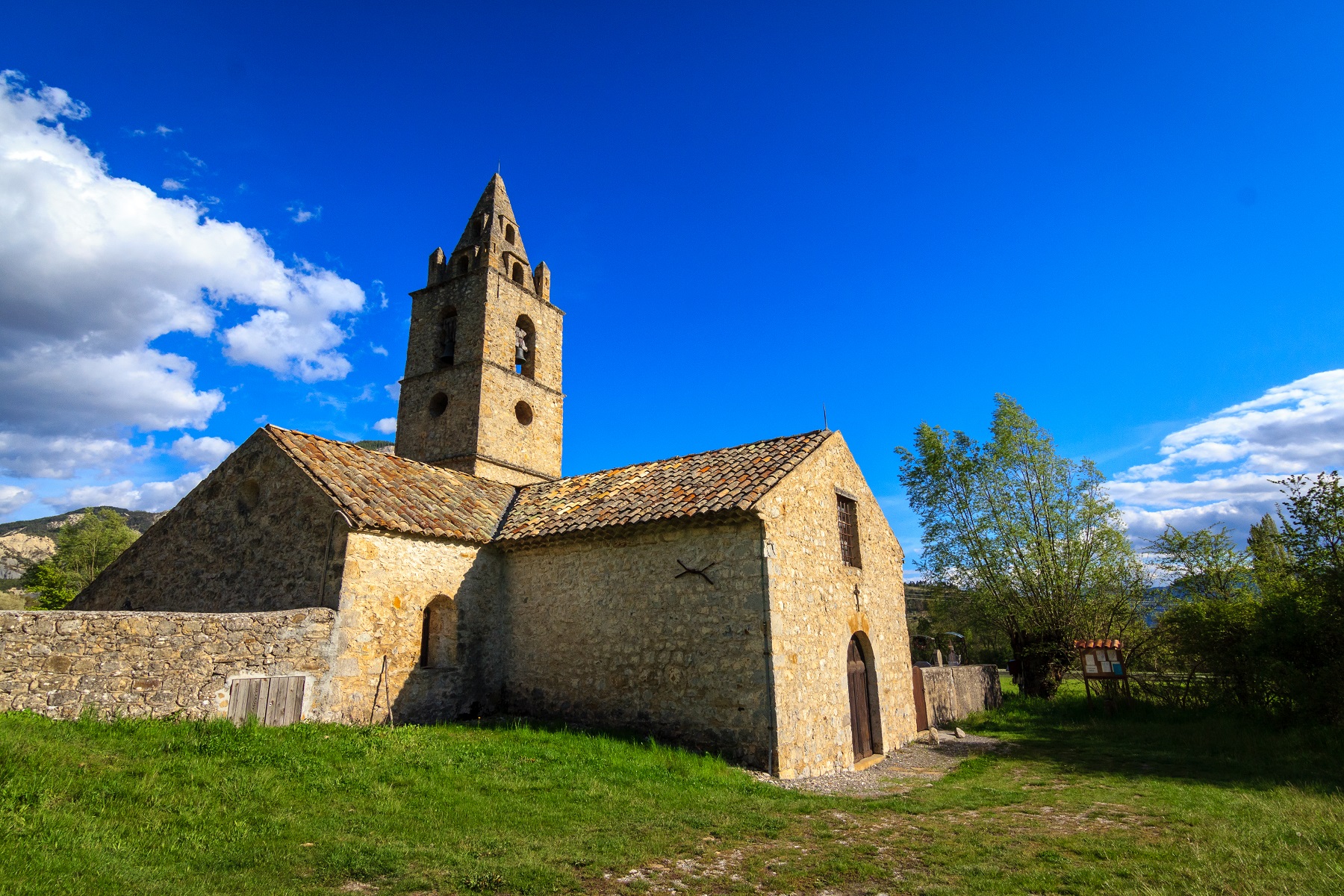
The seven hamlets that make up the commune of Tartonne occupy the bottom of the Haute Vallée de l’Asse. A starting point for many hiking and mountain biking trails, Tartonne is also home to many geological curiosities (Faille du Défens, fossils…).
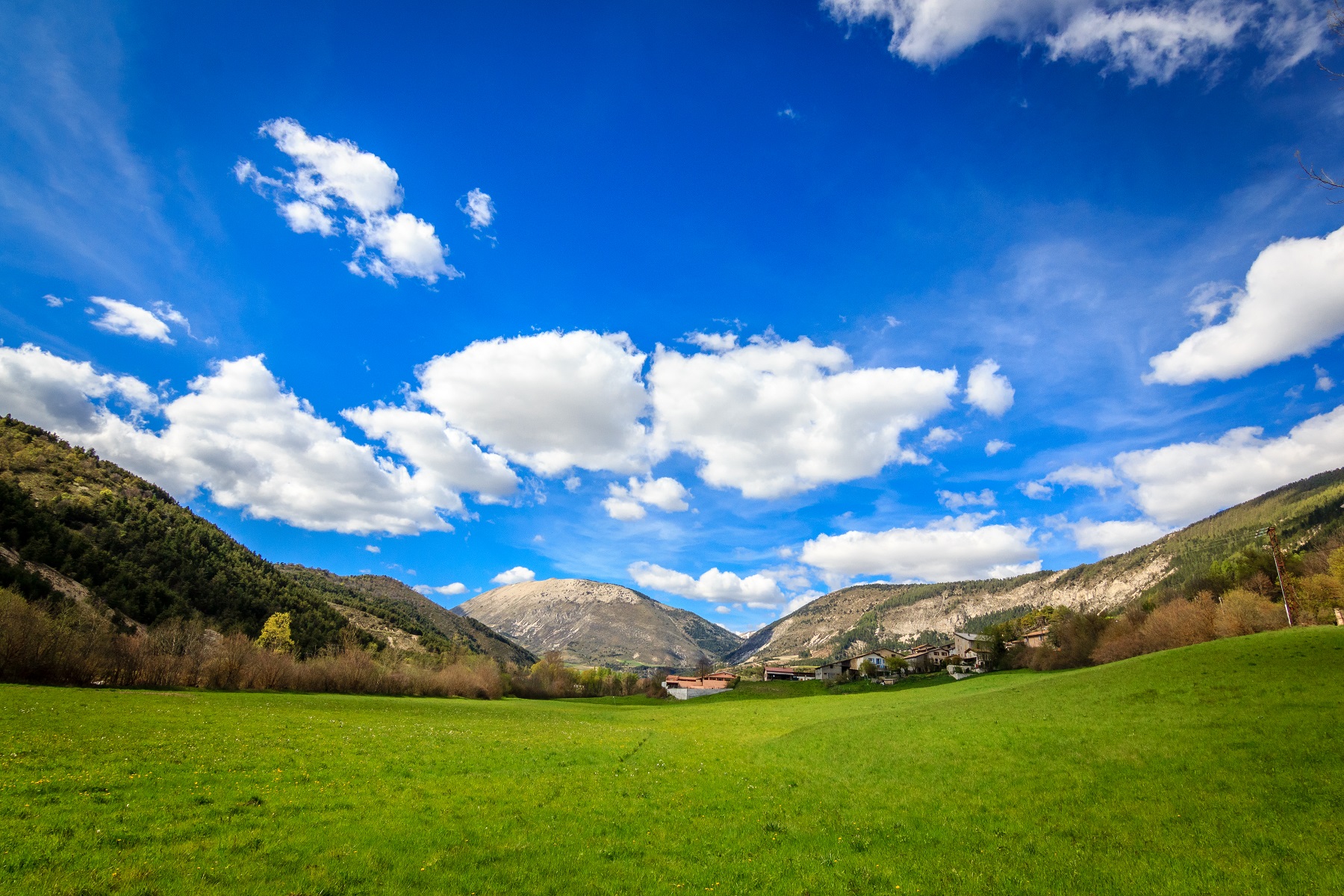
Nestled in a quiet valley where the Encure river flows, between green meadows and wooded hills, the village’s main source of income is agriculture and beekeeping. Once famous for its lavender, a handful of farmers still carry on the tradition.
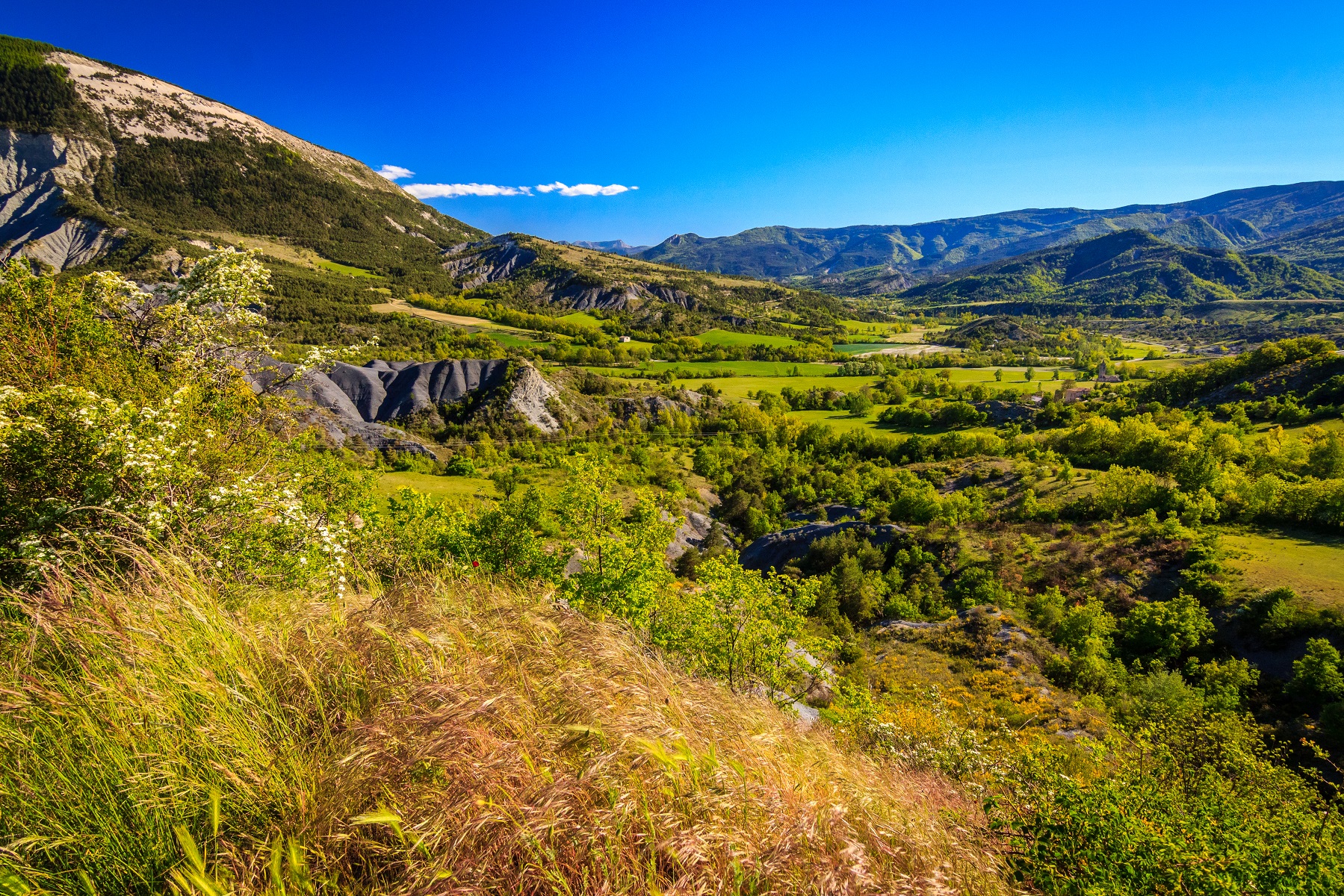
The commune of Clumanc is unusual in that it has no central town: in fact, it’s a collection of small hamlets scattered along the Asse river.
Farming and livestock rearing are still practiced today.
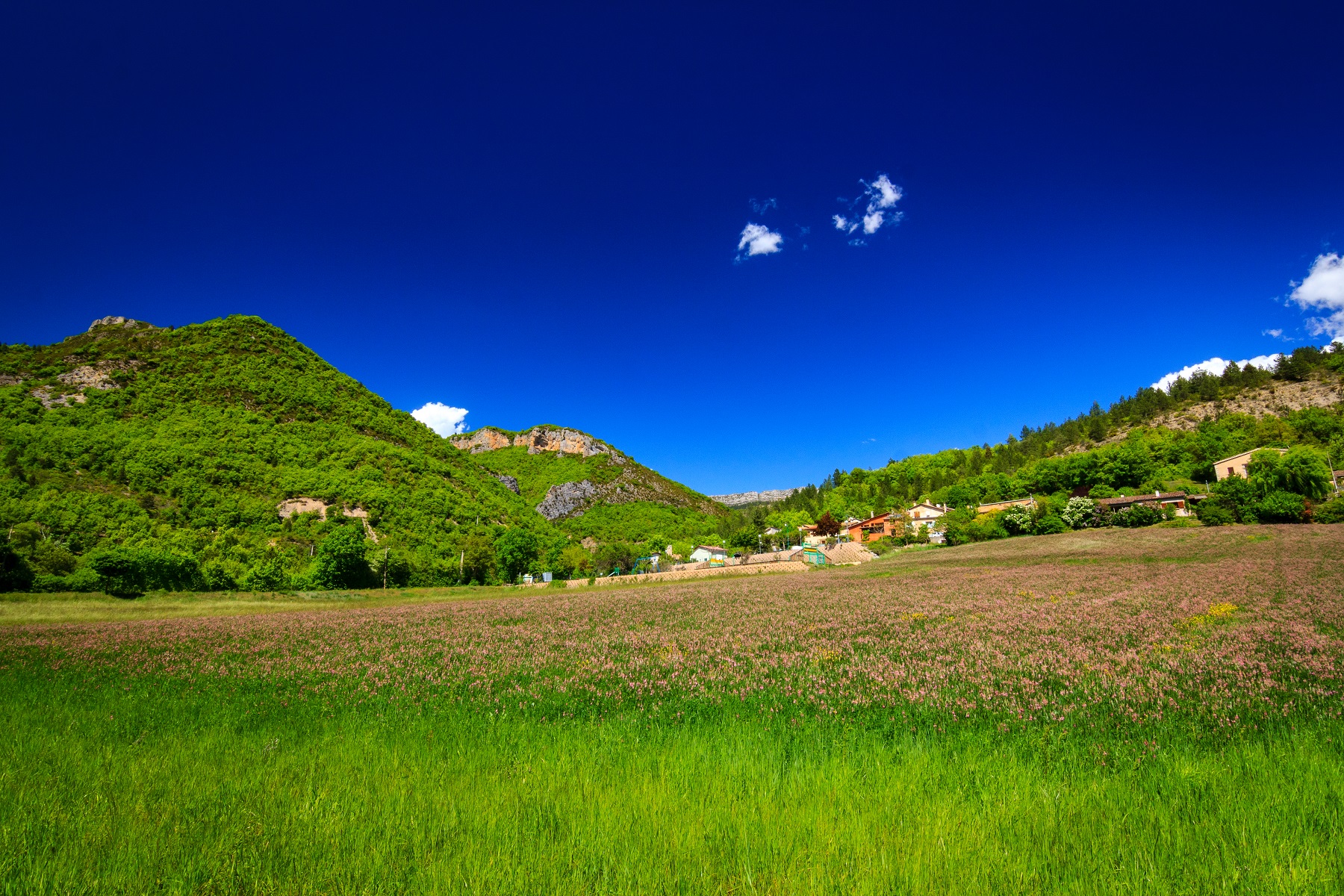
The commune of Chaudon-Norante, on the banks of the Asse and topped by the imposing Dourbes bar, is made up of three main hamlets: Norante, Chaudon and La Clappe, where Napoleon stopped on his return from Elba.
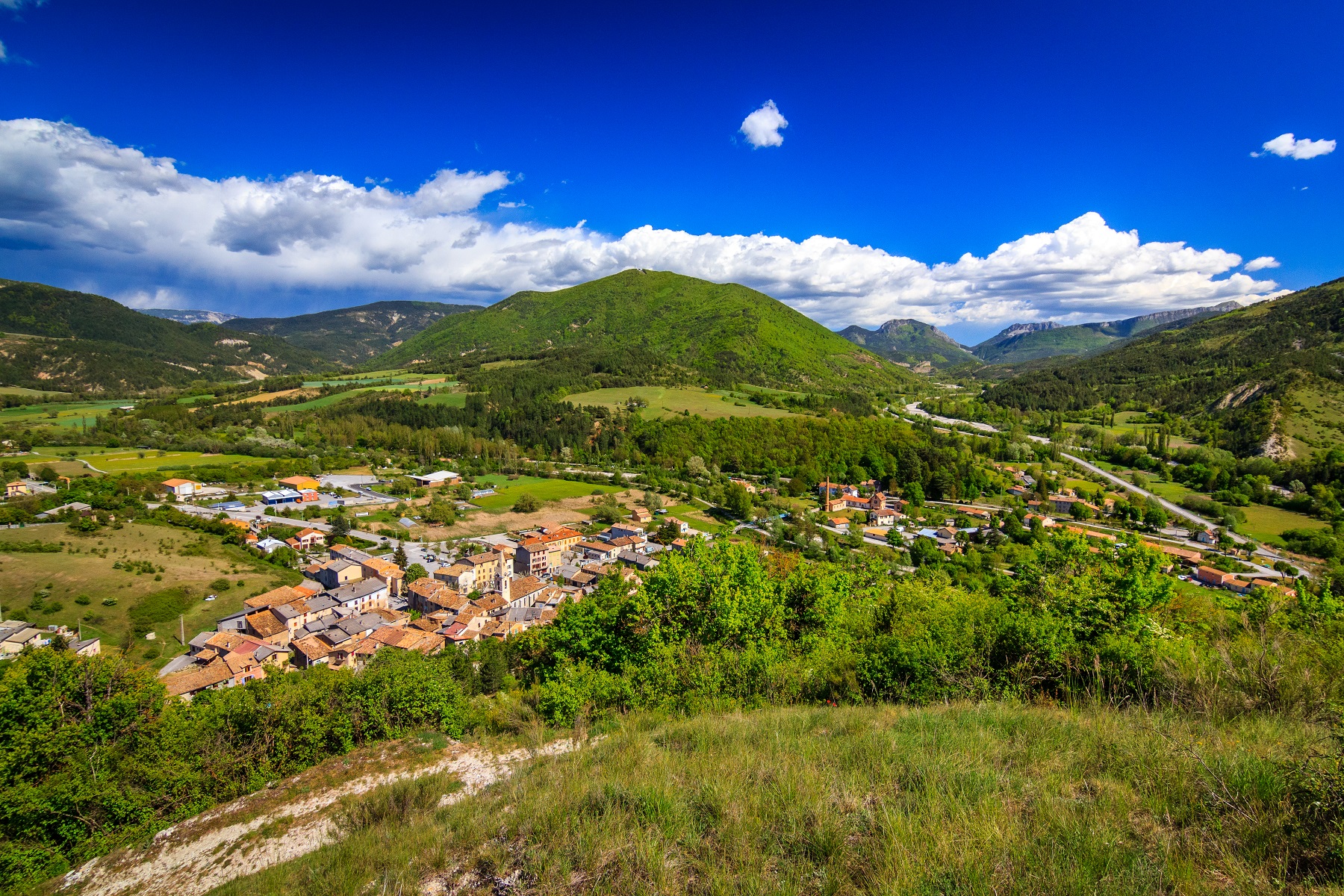
The commune of Barrême is world-renowned for its wealth of fossils, particularly ammonites, and is proud to have given its name to an era of the secondary era: the Barrêmien.
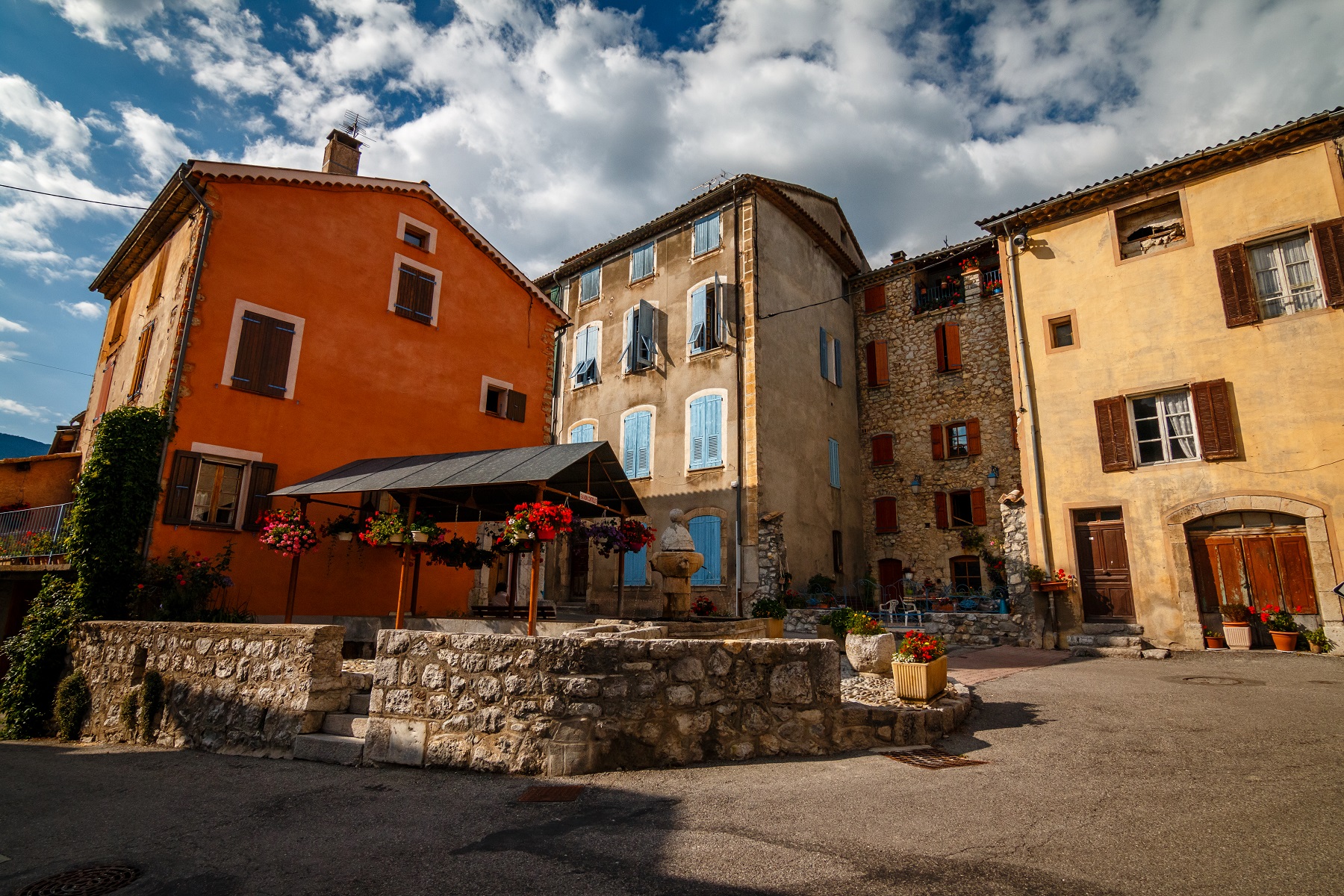
Established along the road linking Digne to Saint André, Moriez was a thriving business in the 19th and 20th centuries, with the manufacture of linen and the distillation of lavender. Its name comes from the Latin Muria, meaning salt, in connection with its salt well,
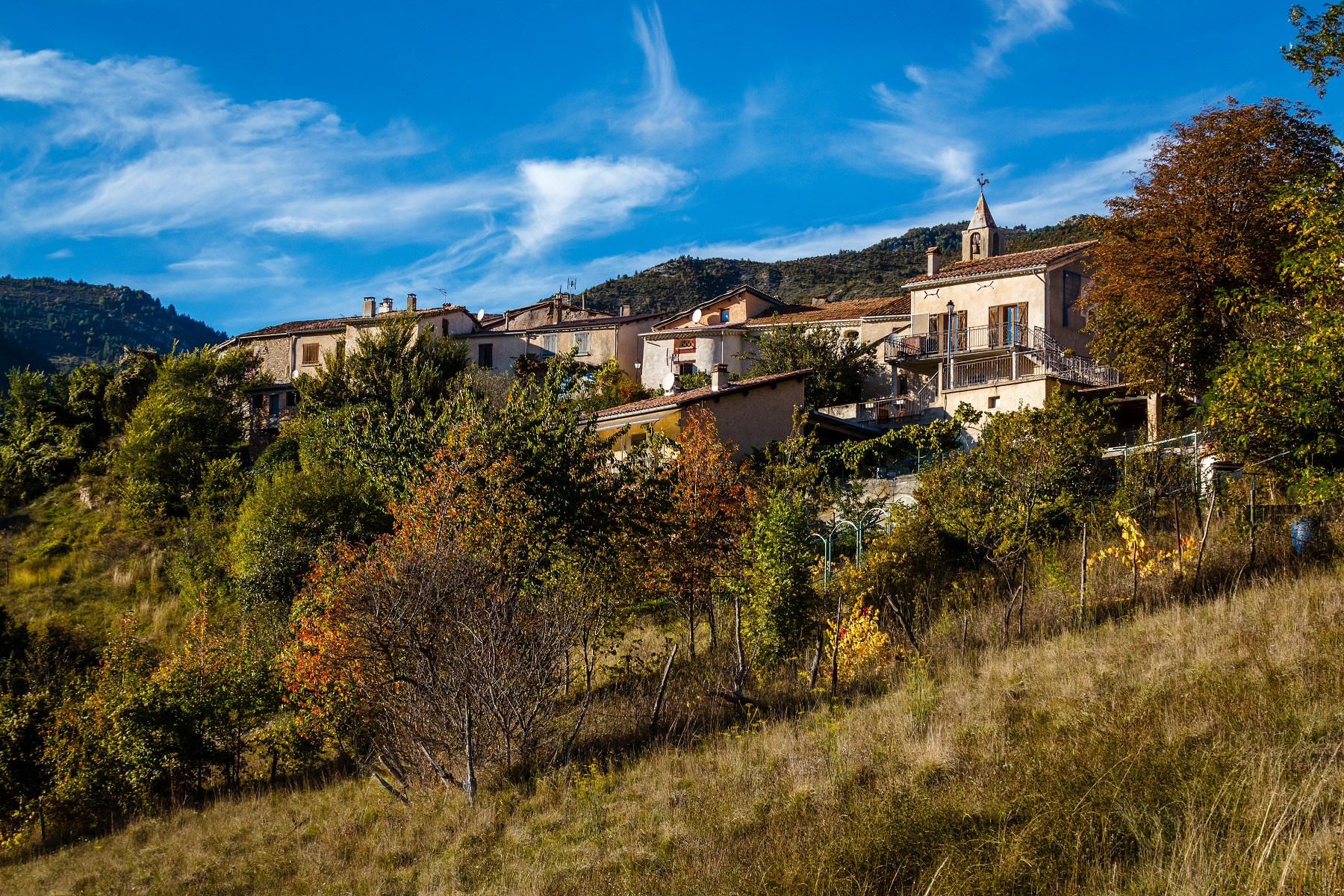
Situated at the confluence of the Asses de Clumanc, Moriez and Blieux, Saint-Jacques is known for its Barremian nummulites, fossils whose presence is promoted by the Réserve géologique de Haute Provence through a special site.
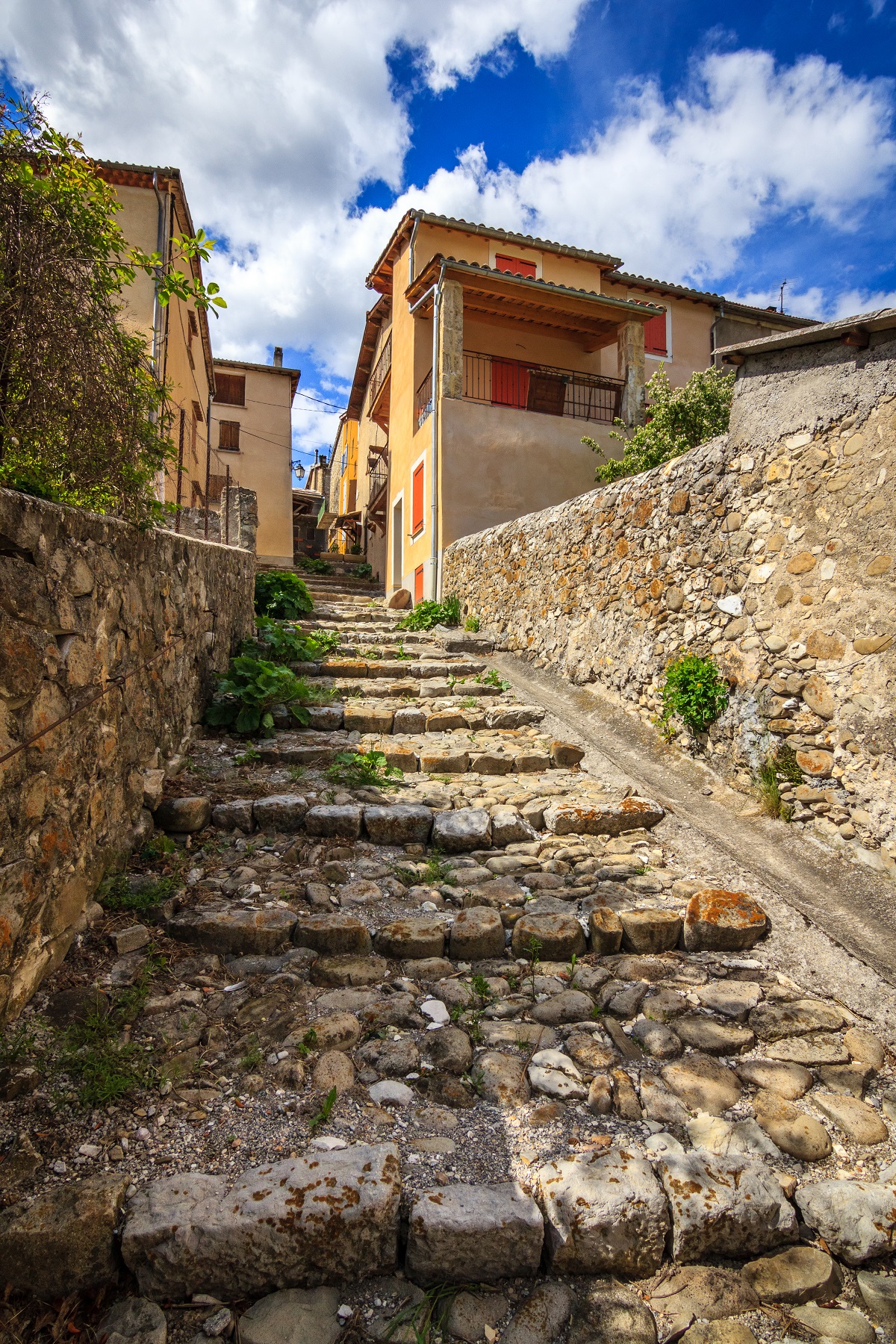
This commune is made up of two villages: La Mure, at the confluence of the Issole and Verdon rivers, once famous for its cloth factories, and Argens, perched at an altitude of 1,400 m, where lavender and other aromatic plants are grown.
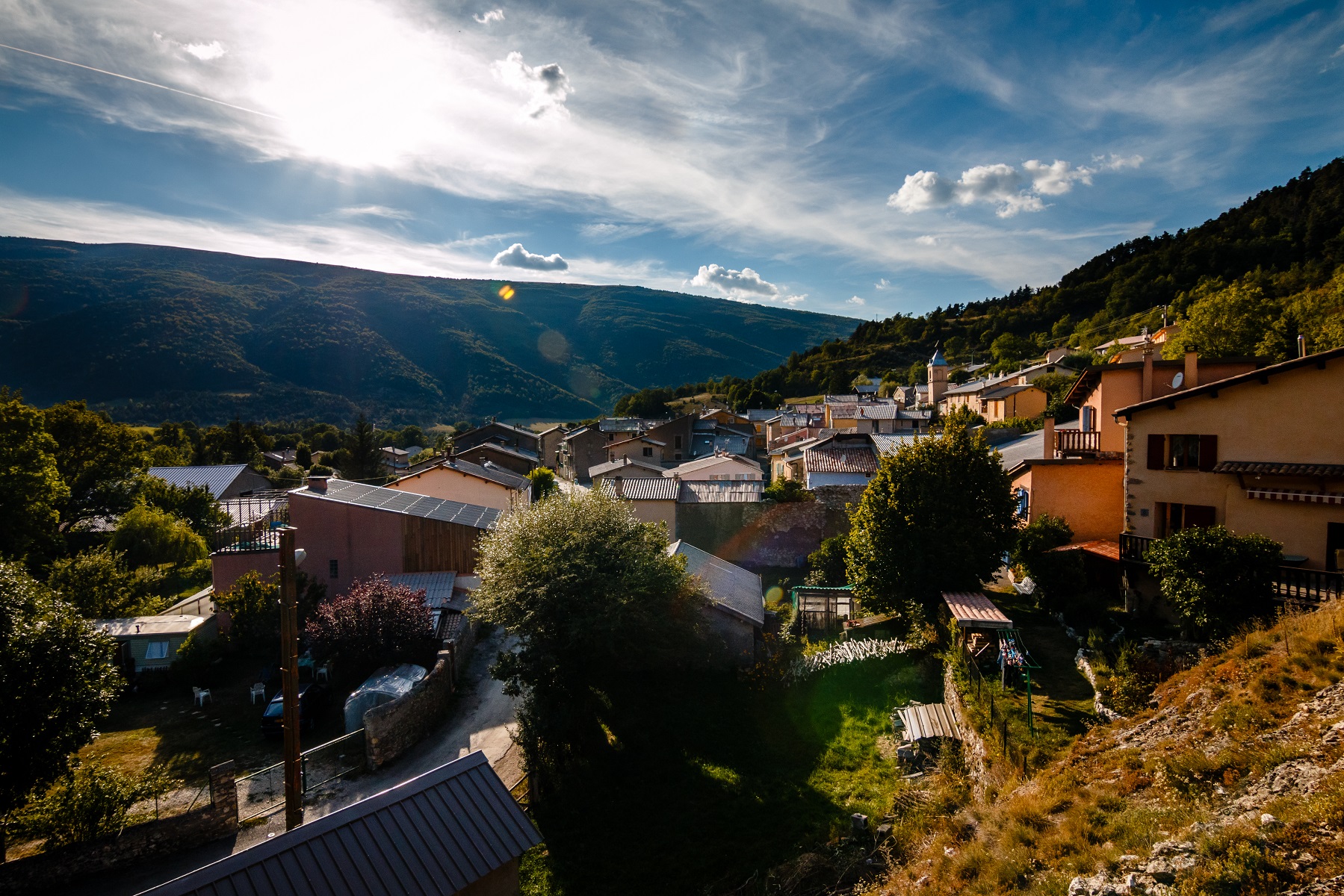
A village reached by skirting the Vauclause rocks, a natural barrier at the entrance to the Ivoire valley, Allons is surrounded by the remains of four square towers.
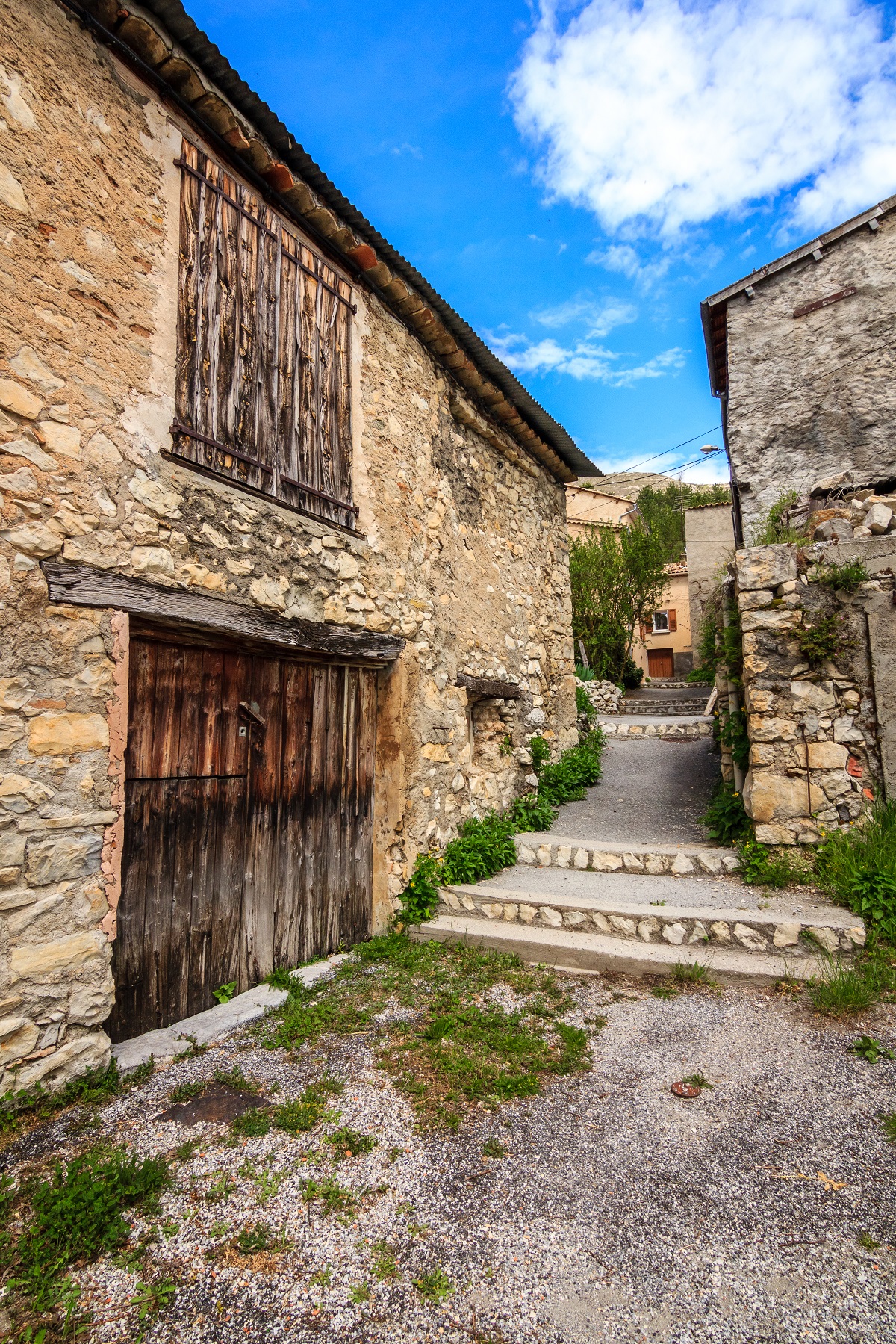
After skirting Lac de Castillon as far as Pont St Julien, you’ll discover Angles set against the slope in a bend of the valley. The road leading to the village, well known to geologists, runs alongside a series of Barremian rocks.
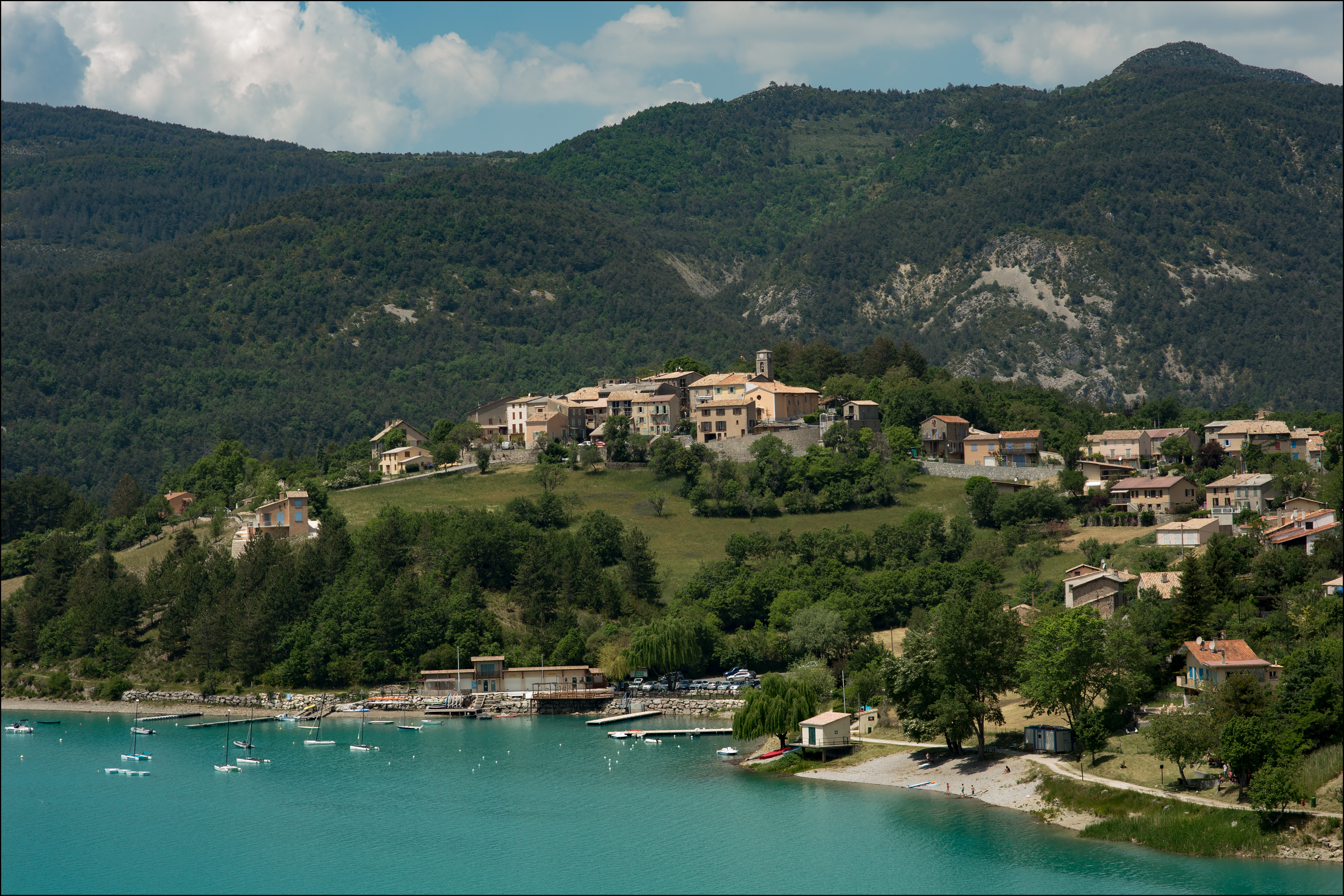
Deprived of part of its agricultural land when the Castillon dam was built, the village of Saint Julien du Verdon now sits on a balcony above the lake, offering superb 360° panoramic views and hosting a water sports center.
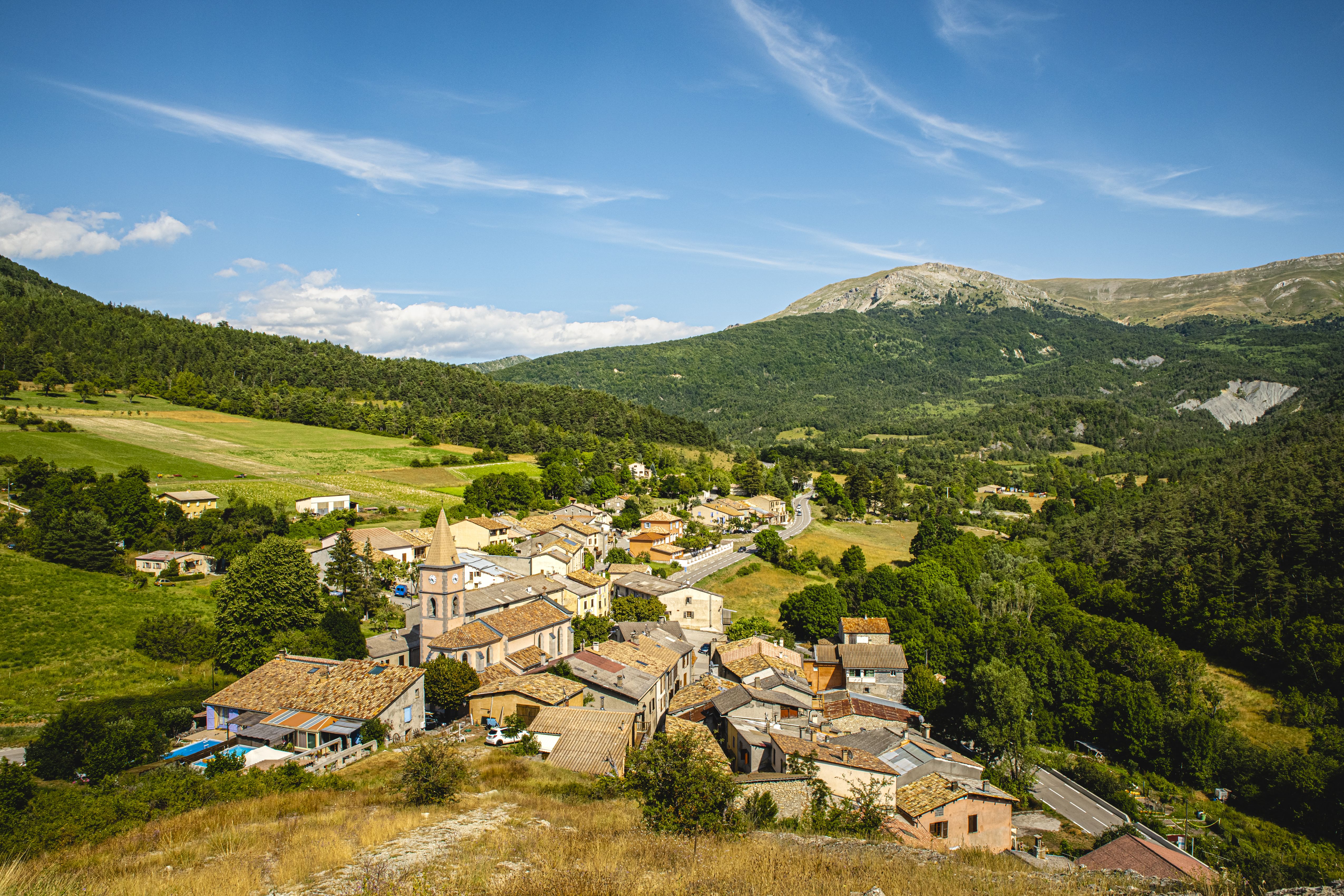
Dominated to the north by the imposing Chamatte peak, Vergons takes its name from the Verguniens, a Ligurian tribe that occupied the area in ancient times. Today, it is a pleasant stopover.
Each of these villages around Castellane offers a unique and authentic experience of Provence, with its rural charm, historic heritage and breathtaking mountain scenery.
Whether you’re a nature lover, history buff or just looking for some peace and quiet, these villages have a lot to offer. Take advantage of your stay to explore this magnificent region of southern France!
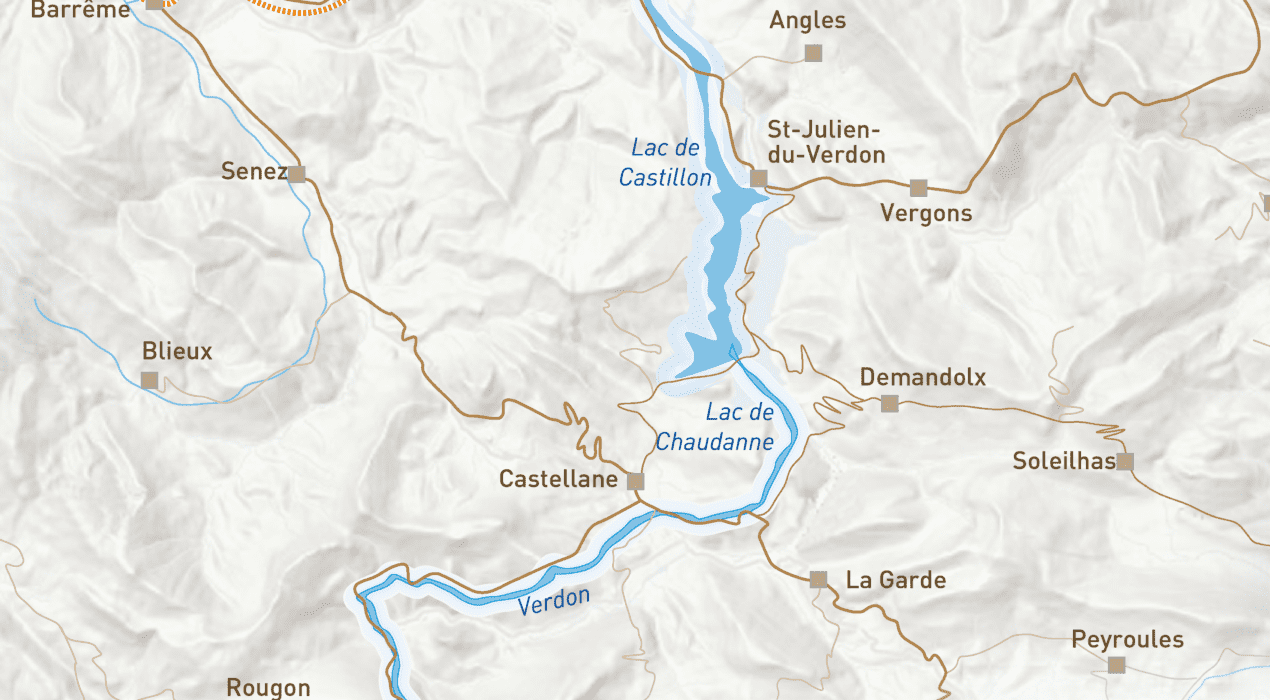
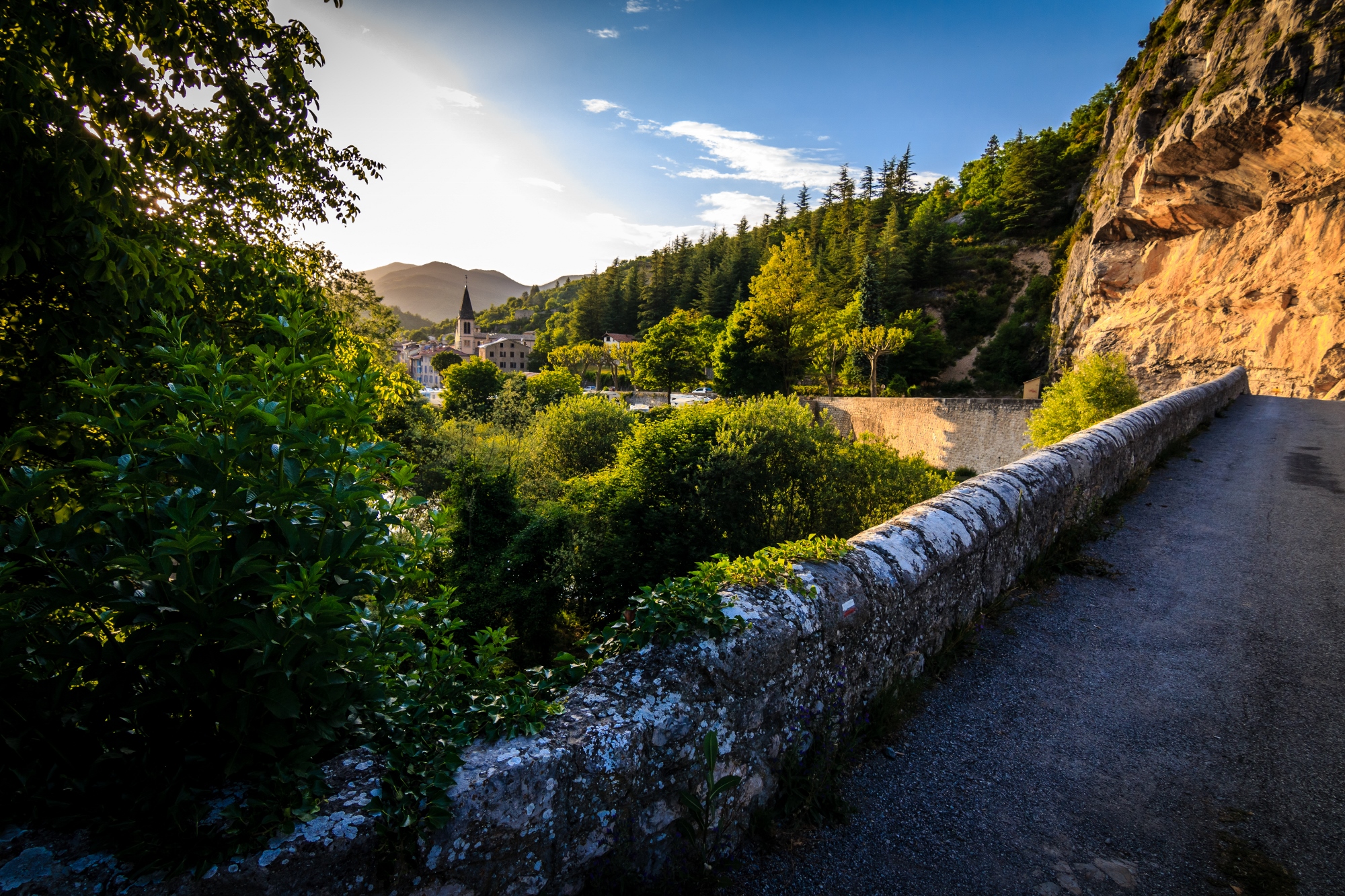
At the crossroads of the Alps and the Mediterranean, Castellane lies at the gateway to the Grand Canyon du Verdon. Criss-crossed by the Route Napoléon and classified as a Cité de Caractère, the lakeside village boasts an exceptionally rich natural and cultural heritage.
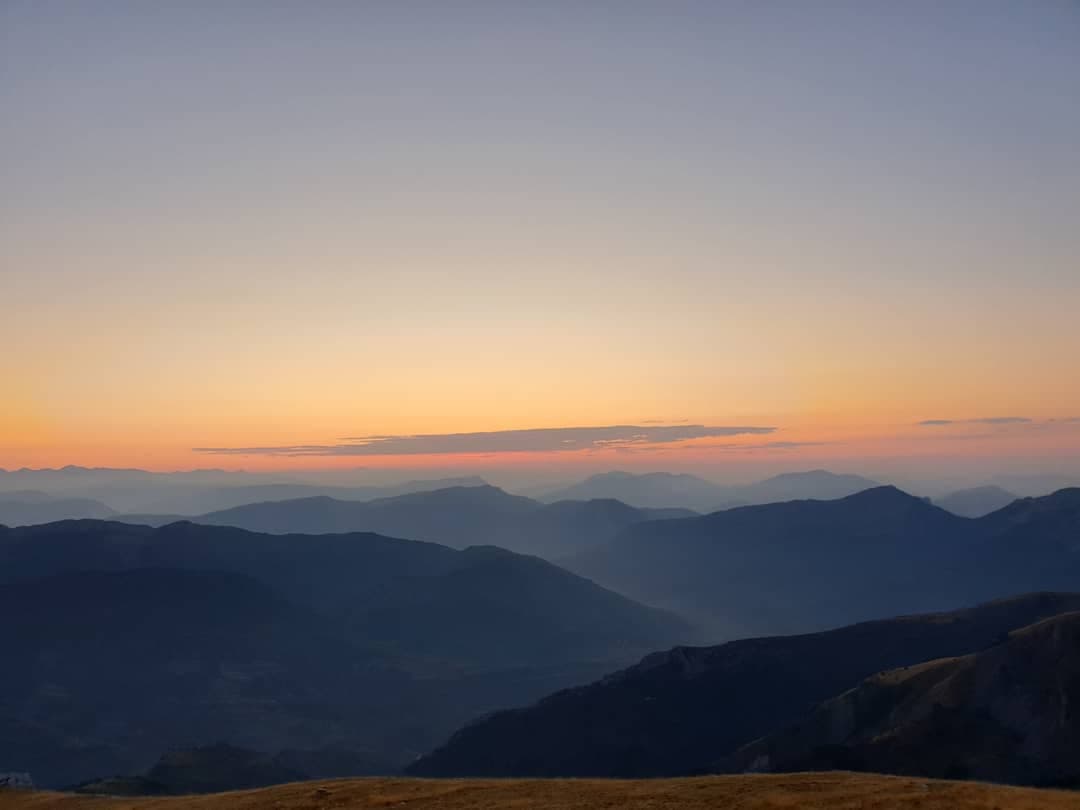
A small village in the Middle Ages, Blieux was built on a rocky spur on the right bank of the Asse. The village is surrounded by a cirque of mountains, including Mont – Chiran, home to an astronomical observatory.
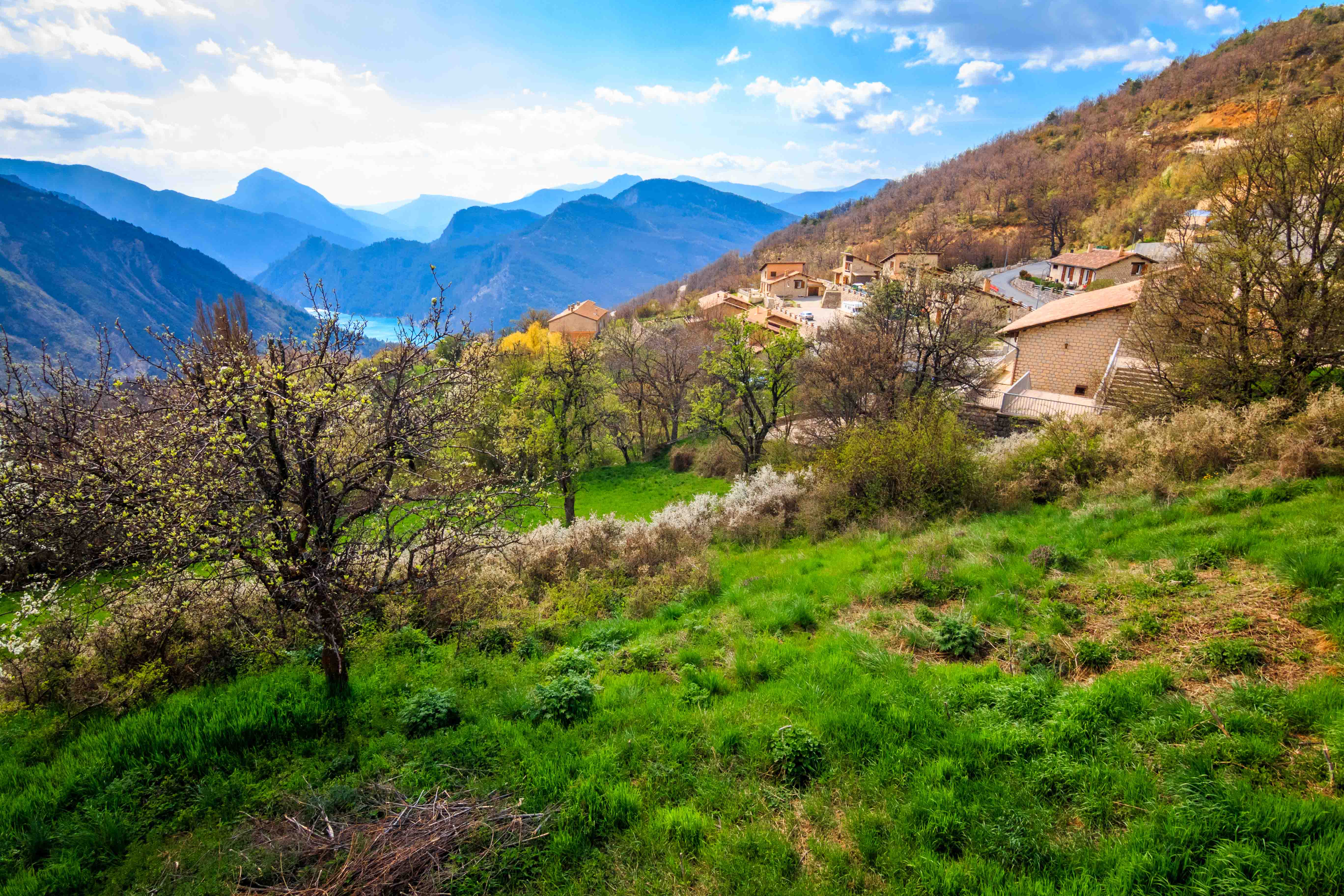
Clinging to the mountainside and dominated by the Teillon and Crémon rivers, Demandolx offers a sublime panorama of the Chaudanne and Castillon lakes. The creation of these artificial lakes drowned part of the commune’s territory.
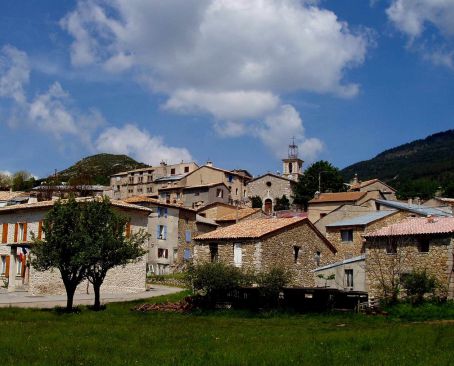
Surrounded by mountains, nestling at the bottom of the valley where the Estéron river rises, the village of Soleilhas, as its name suggests, “looks towards the sun”.
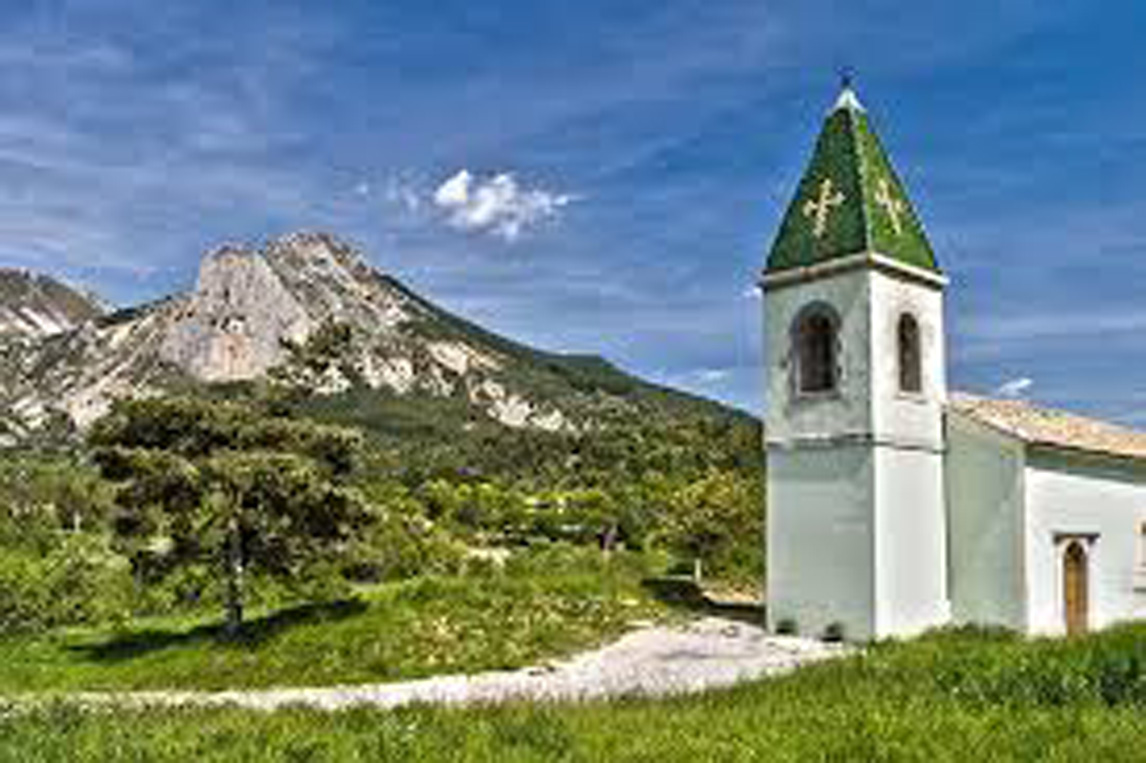
Formerly known as La Garde de Dieu, the village takes its name from its role as Castellane’s advanced military stronghold. It lies at the foot of the Teillon rock, which was home to an oppidum from the early Middle Ages.
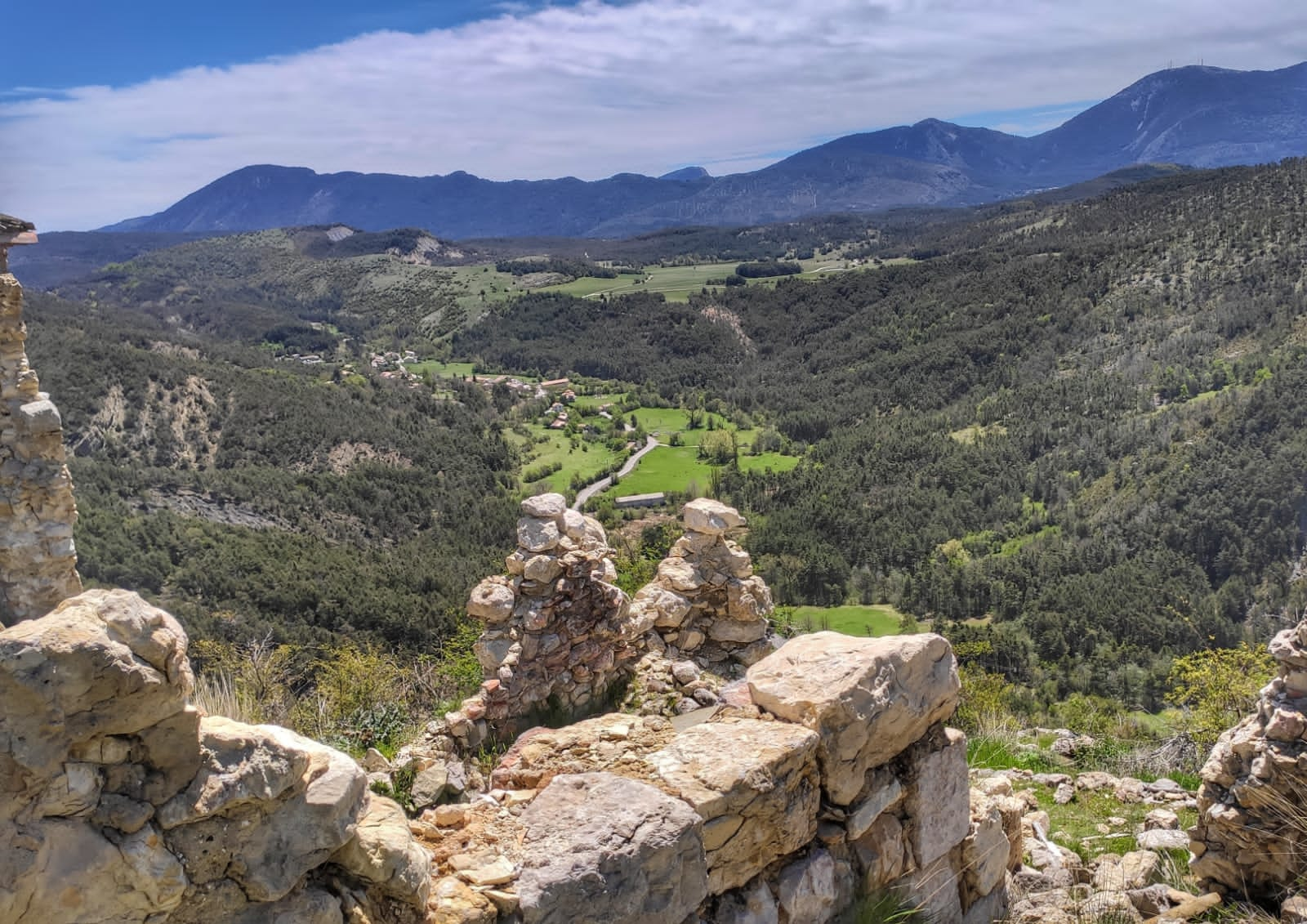
From the “La Rivière” inn, follow the signs for Plan de l’Arbre. Turn left on a forest track to reach a viewpoint with a 360° panorama of the surrounding peaks.

Deprived of part of its agricultural land when the Castillon dam was built, the village of Saint Julien du Verdon now sits on a balcony above the lake, offering superb 360° panoramic views and hosting a water sports center.